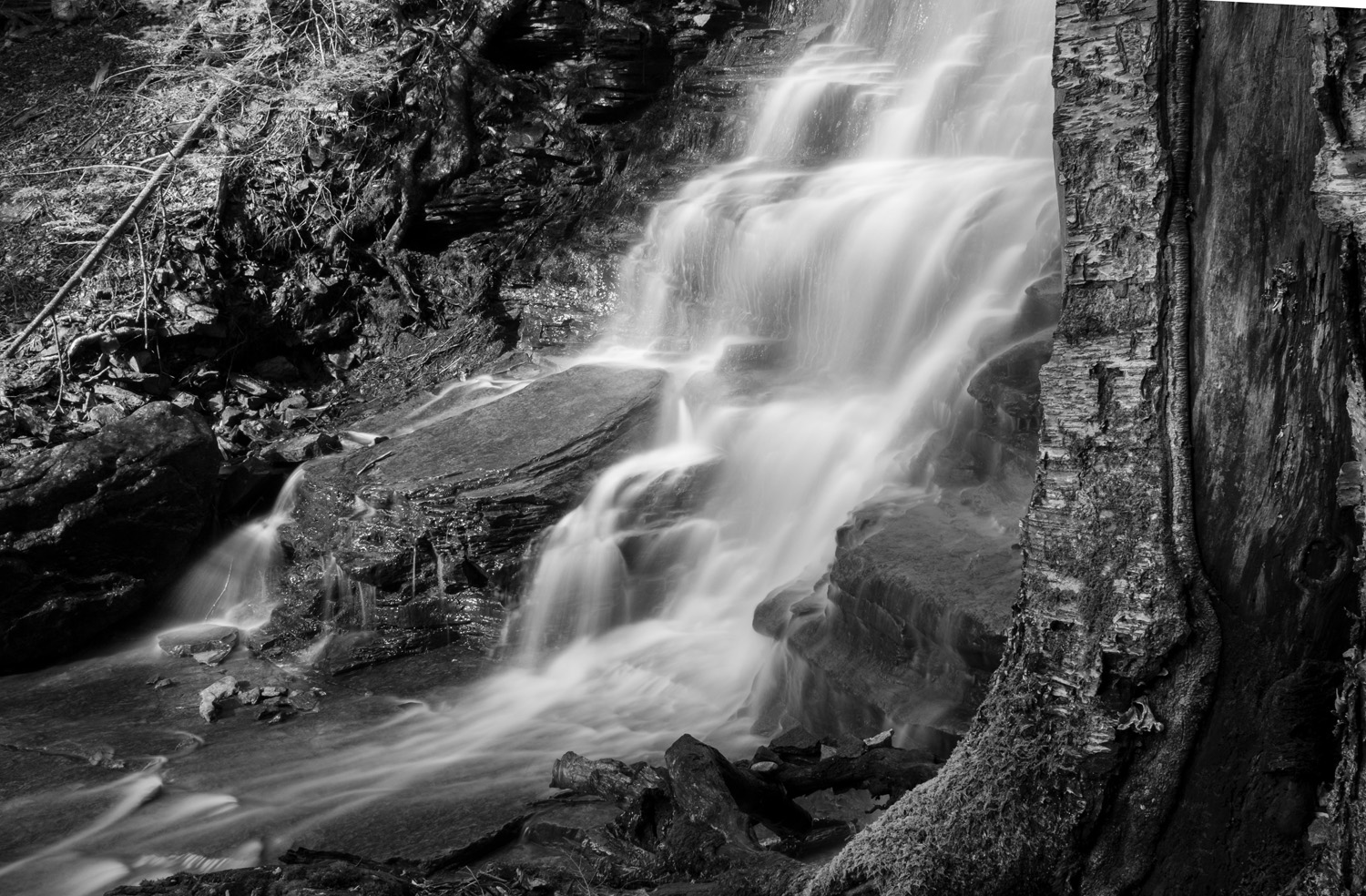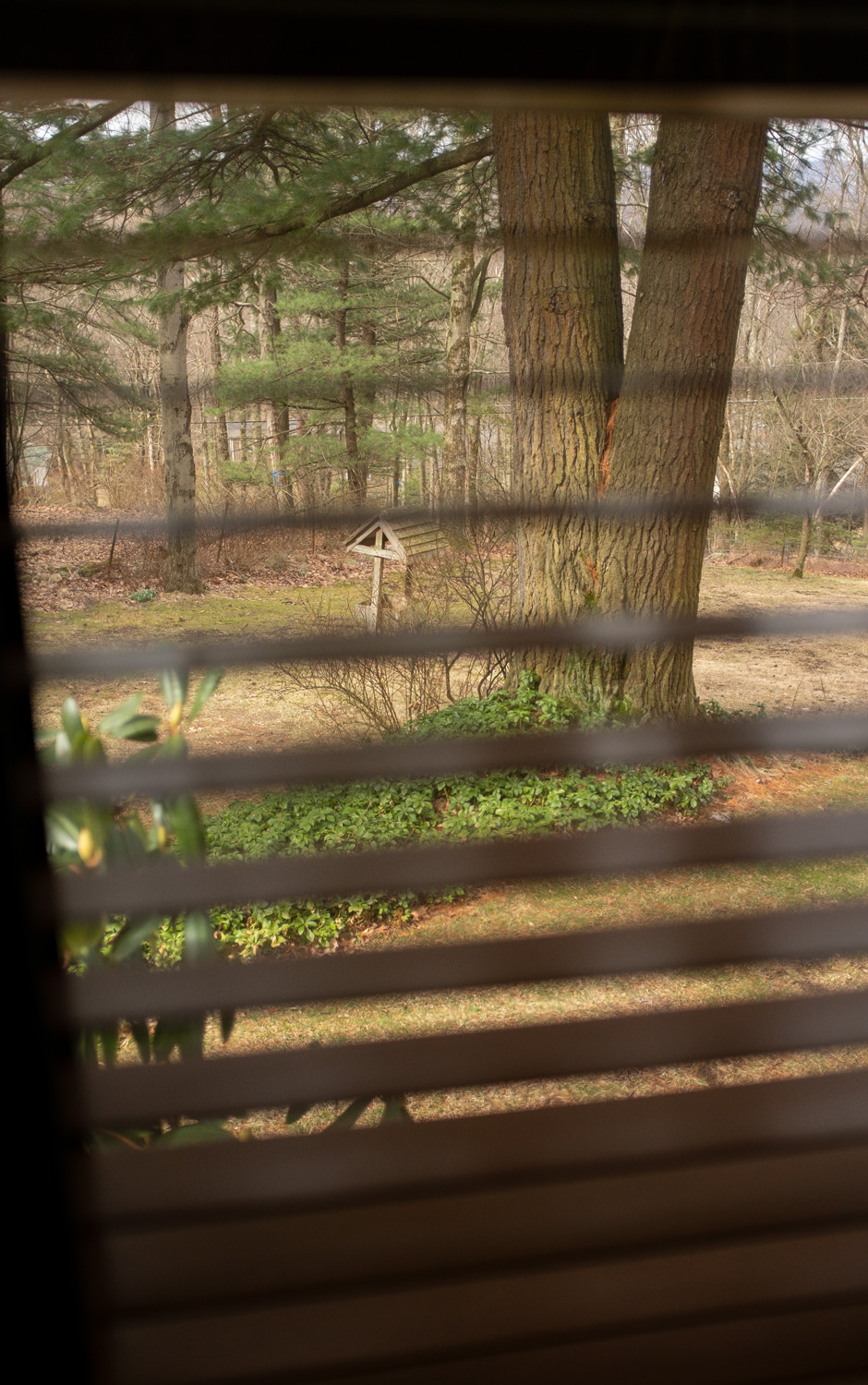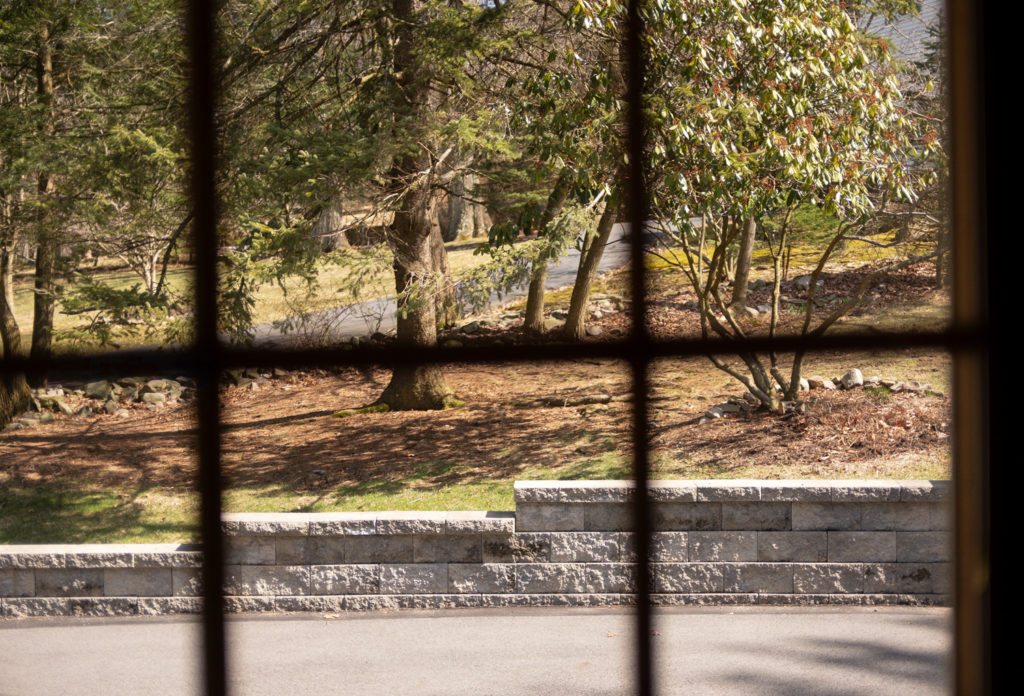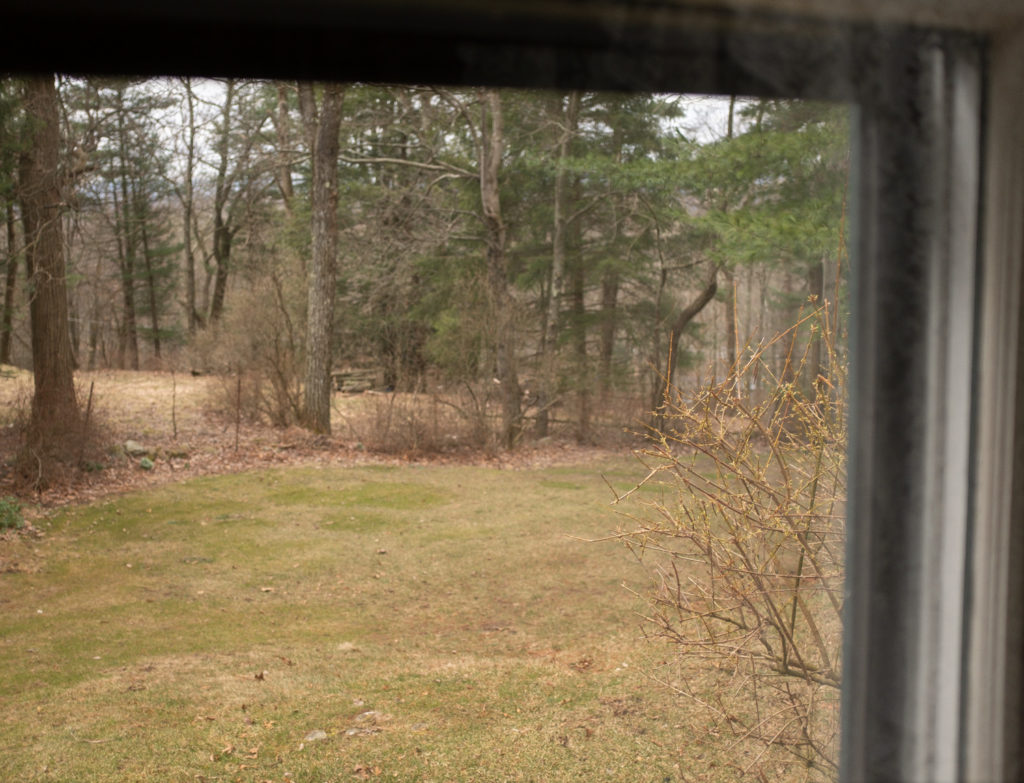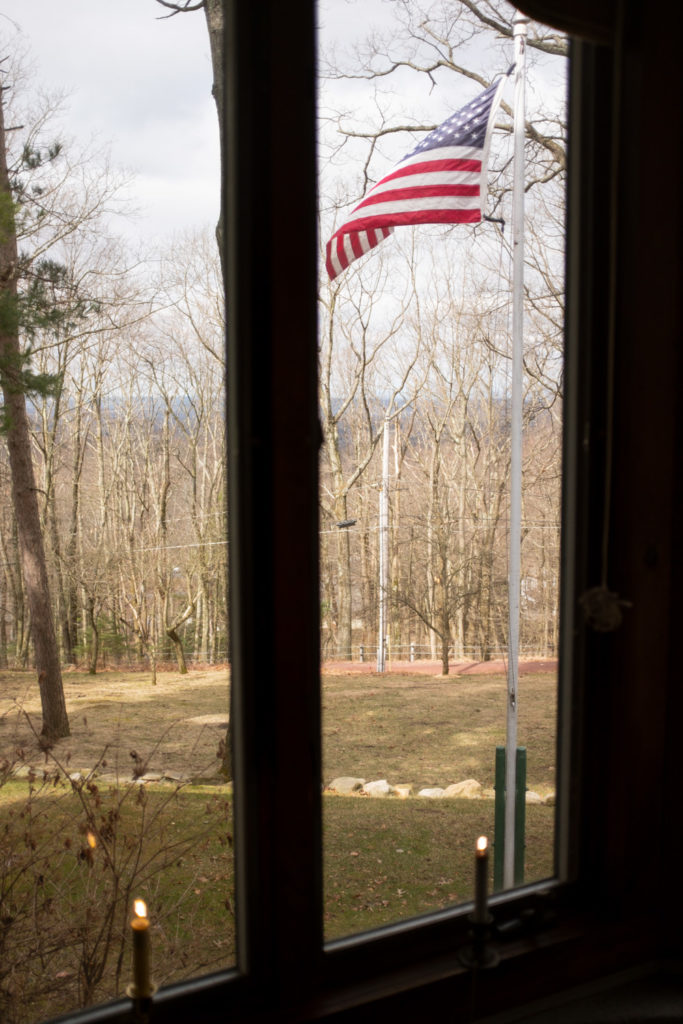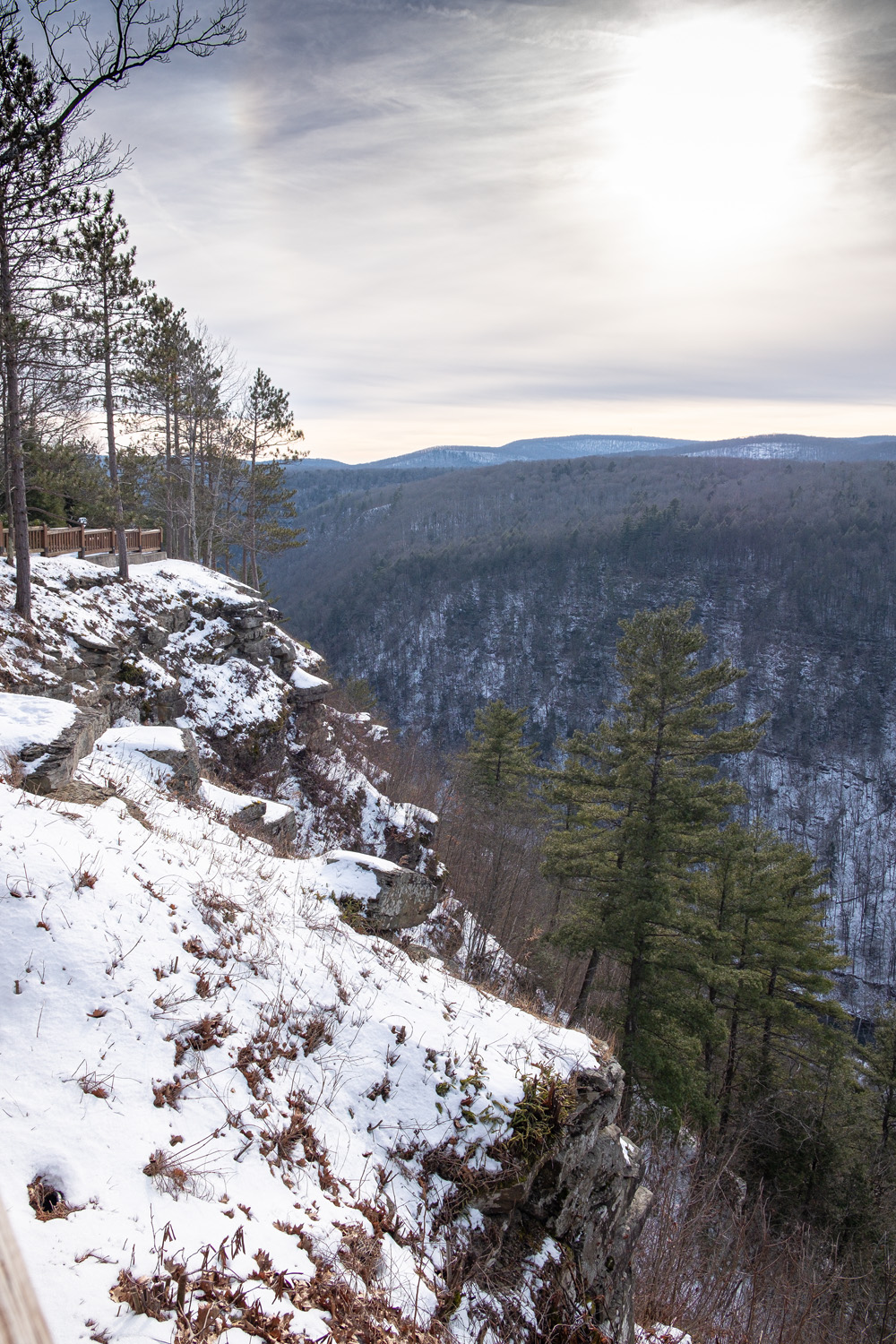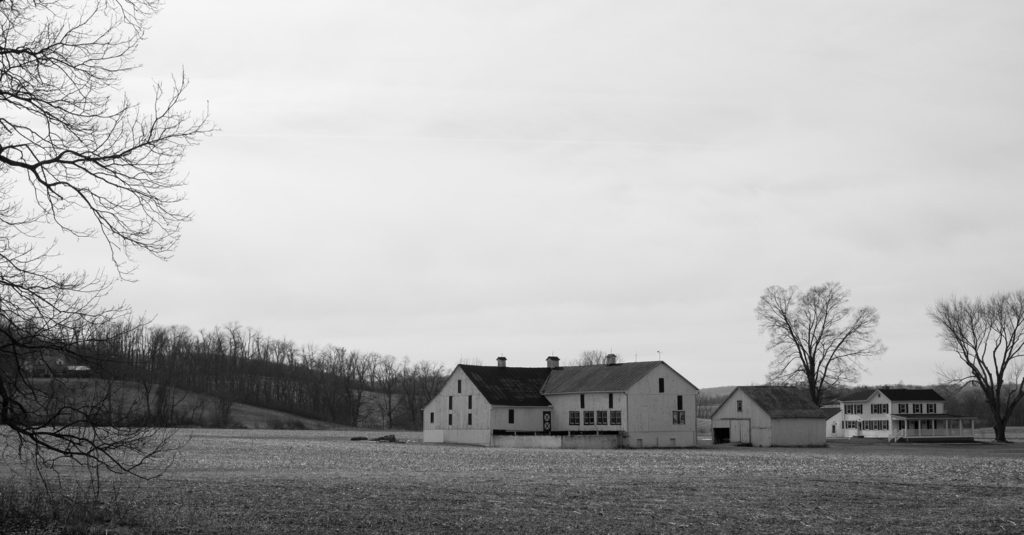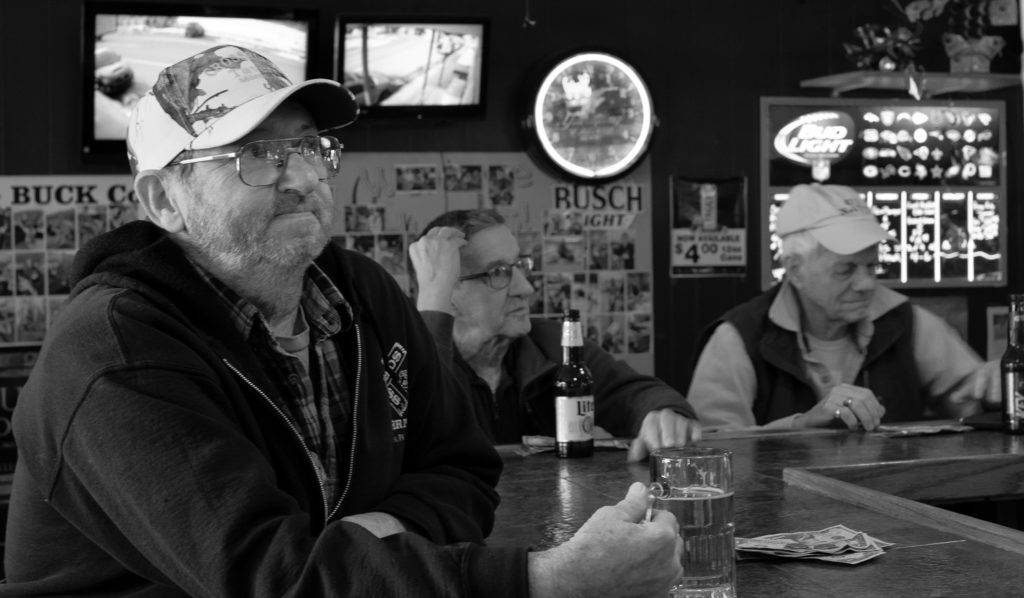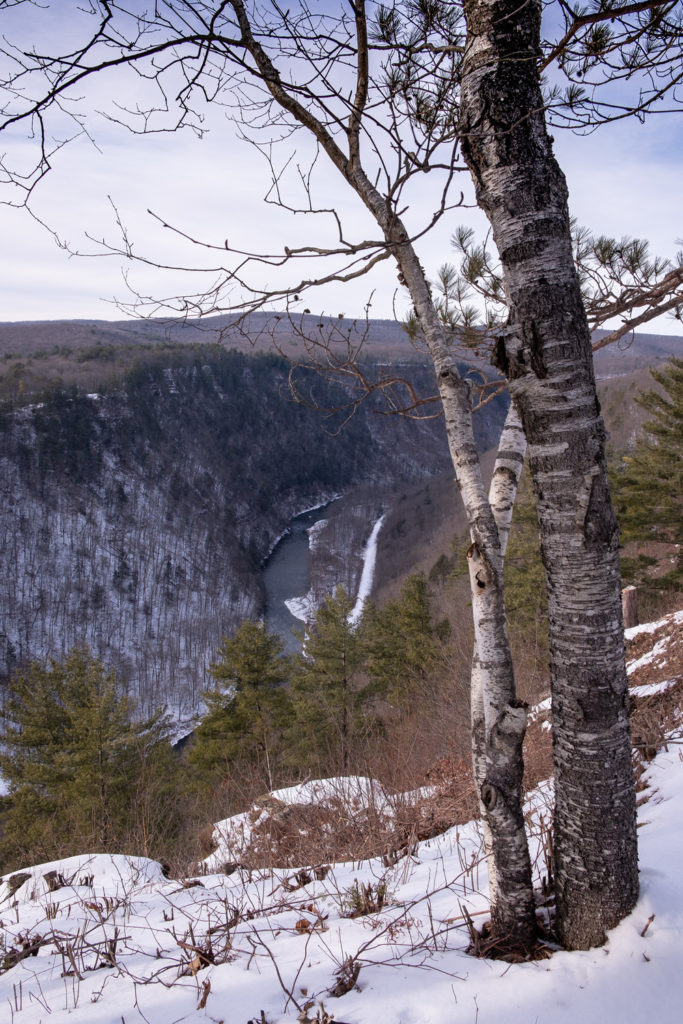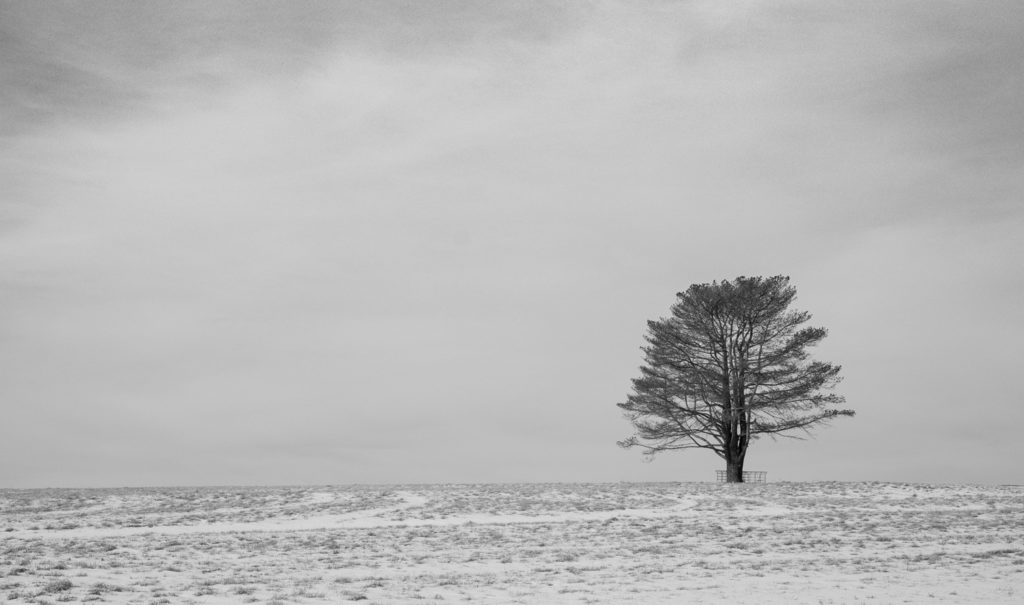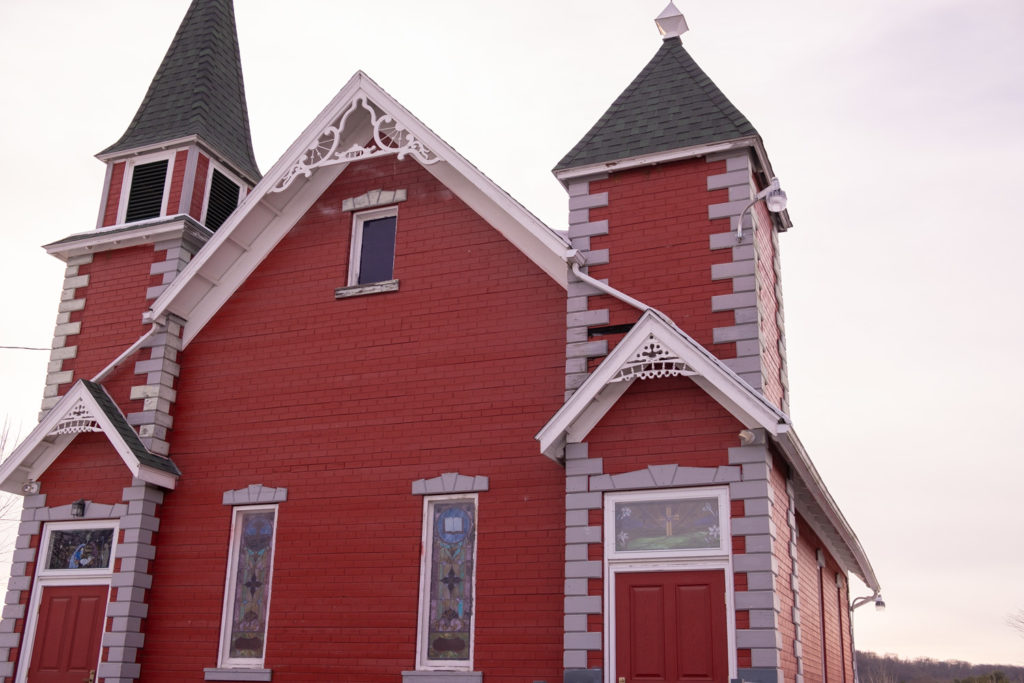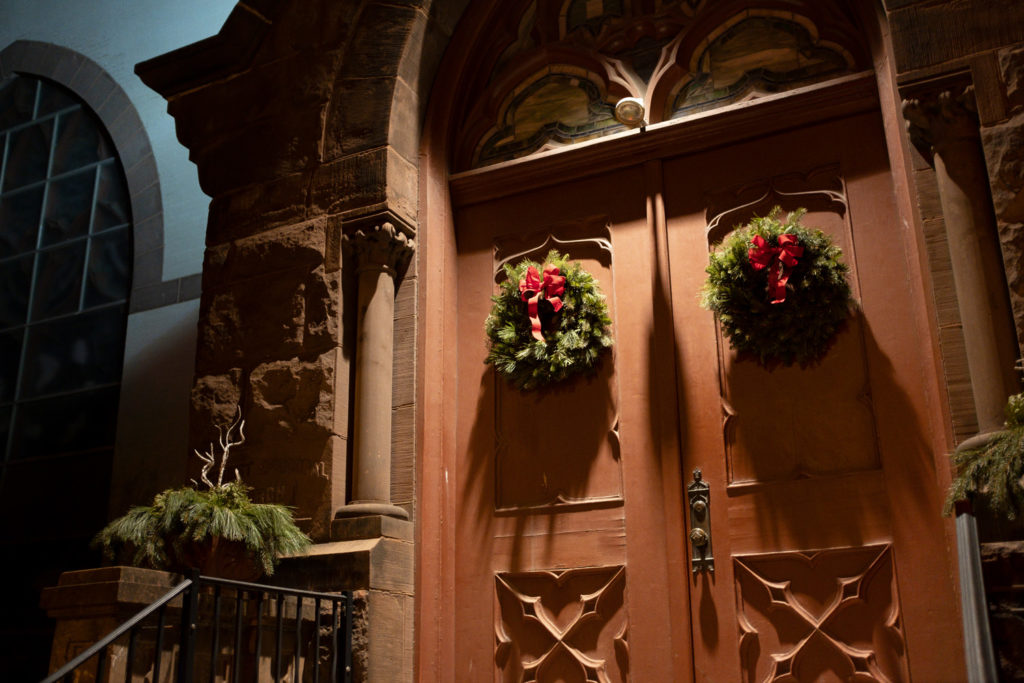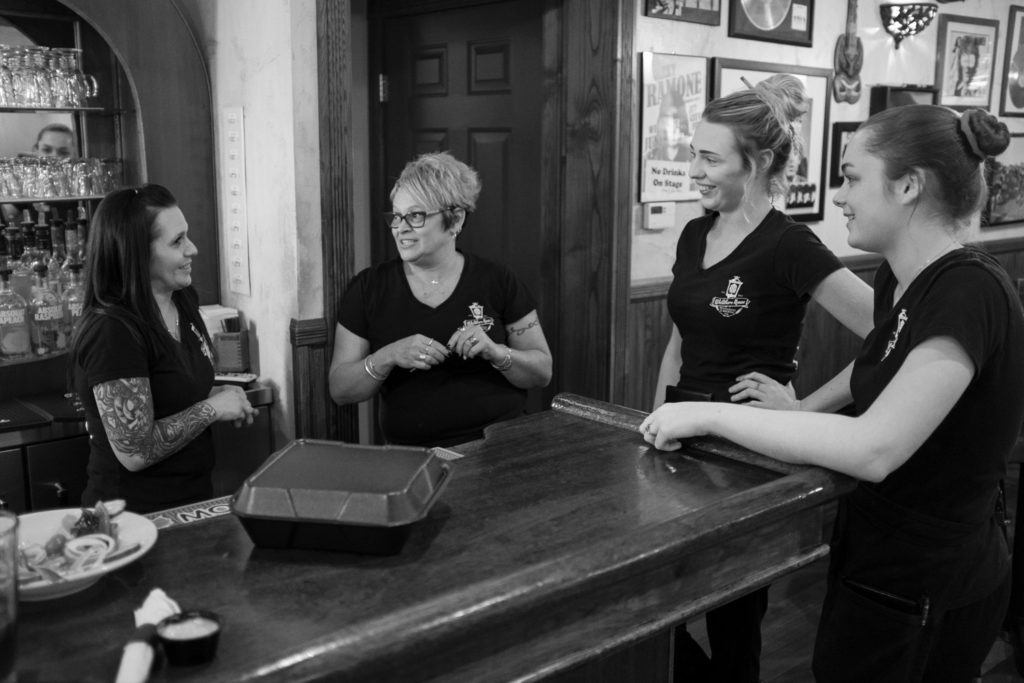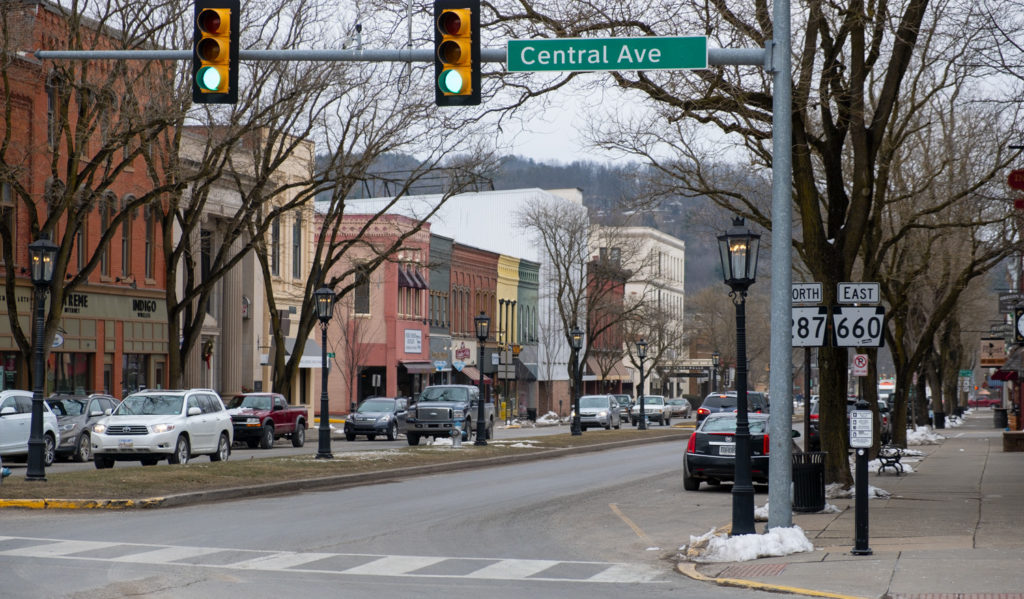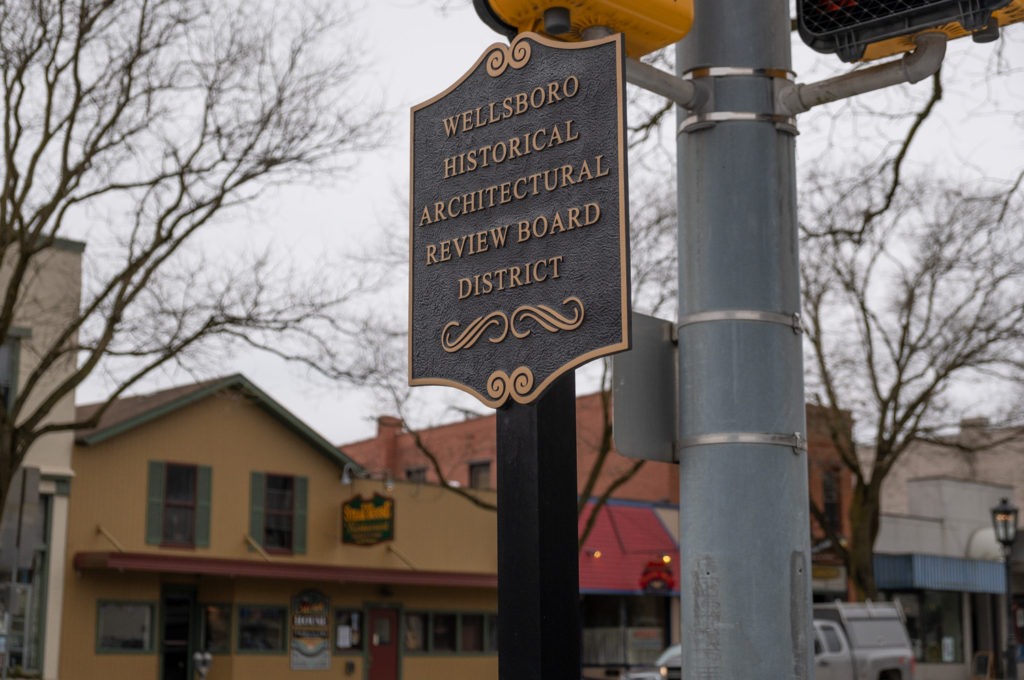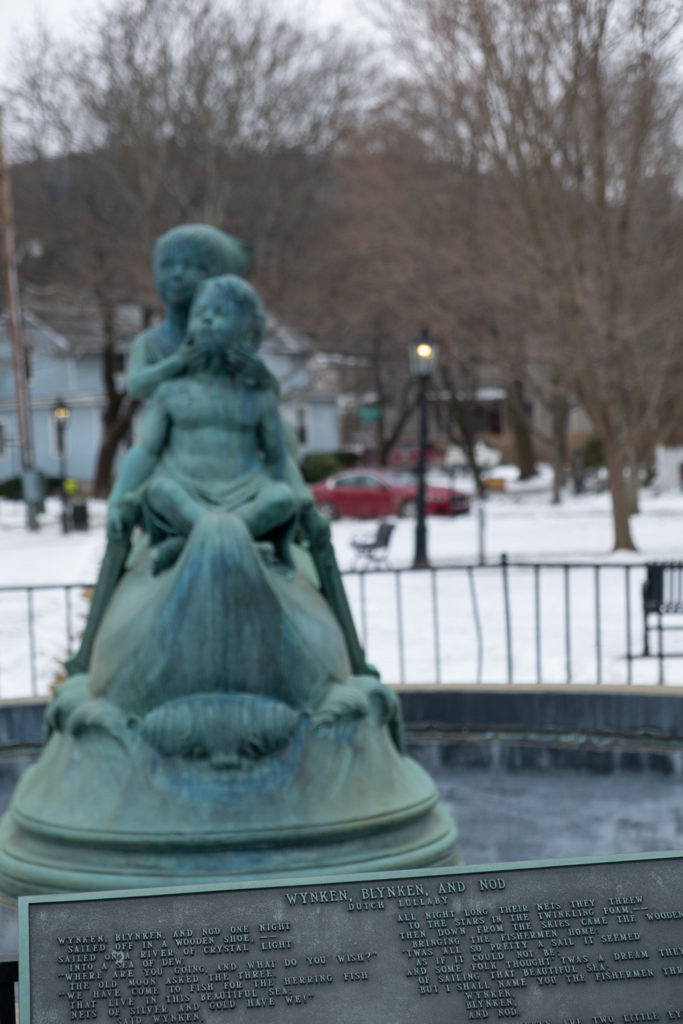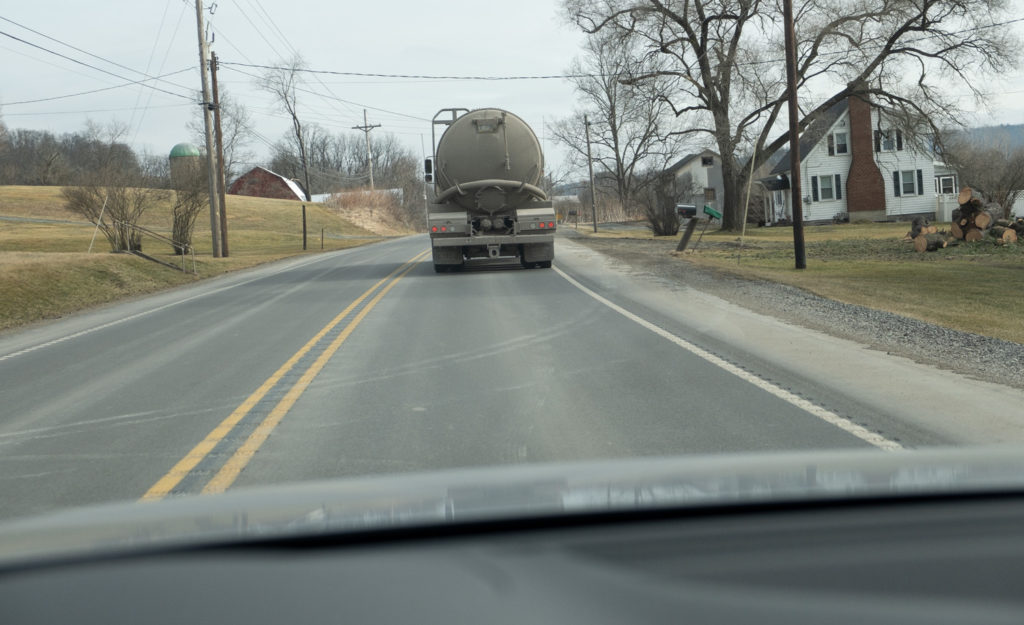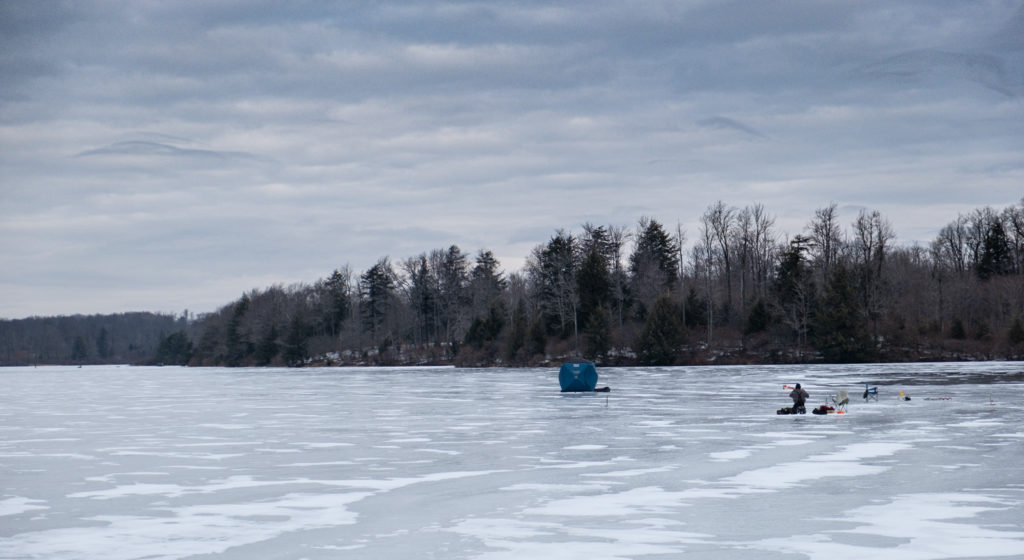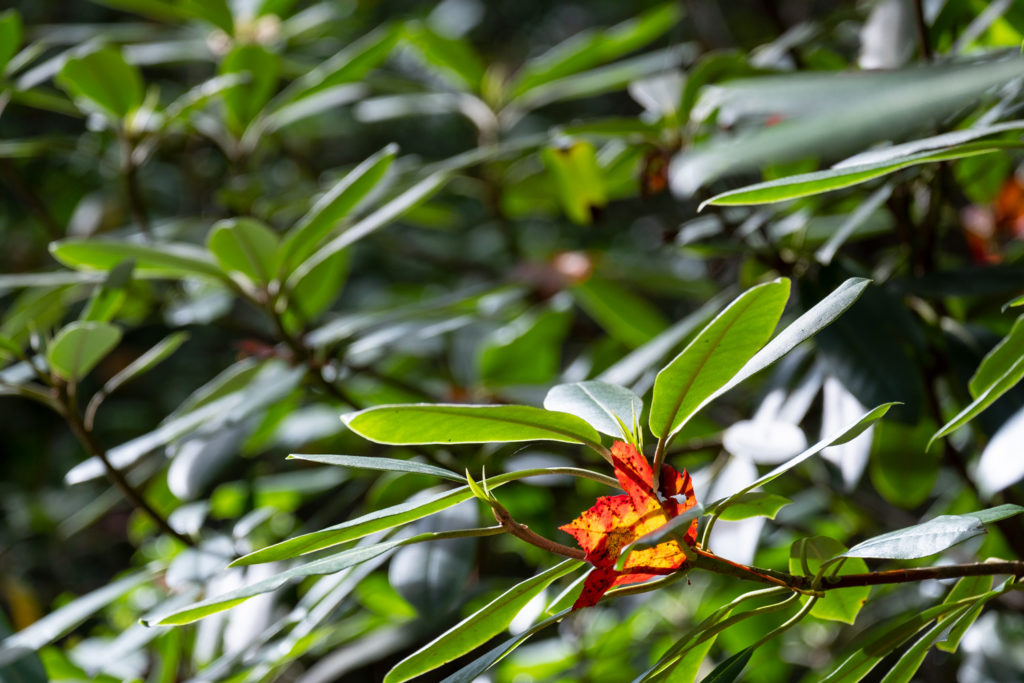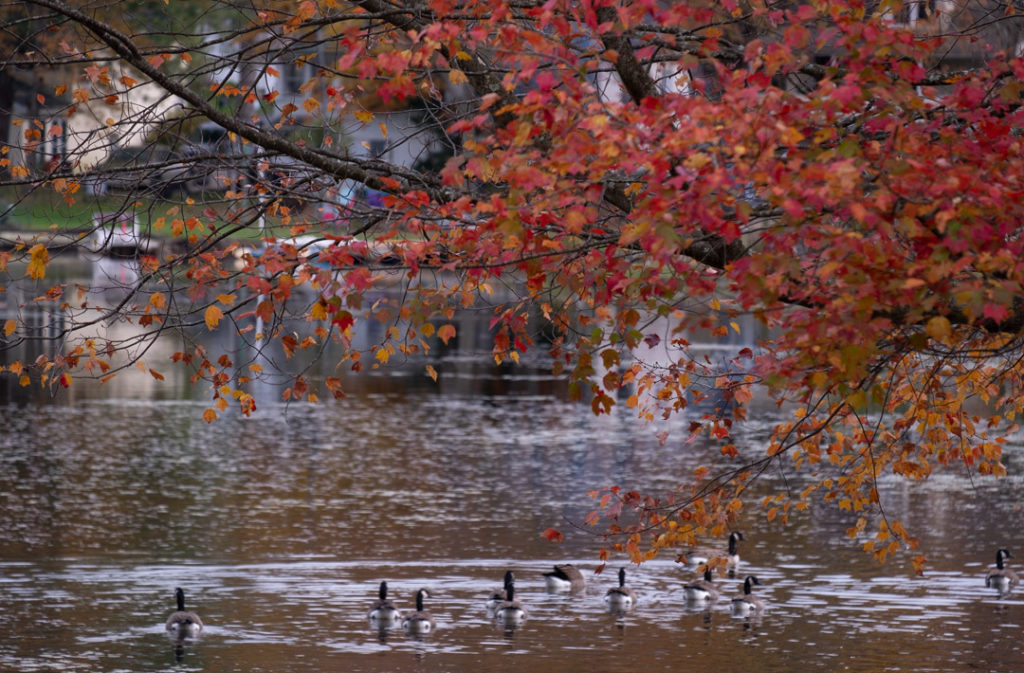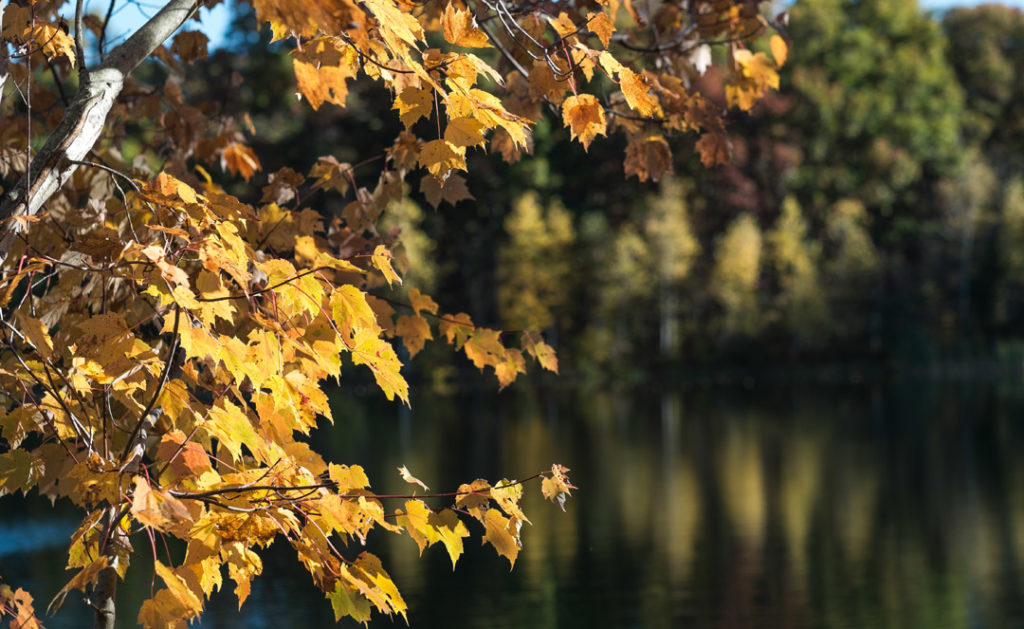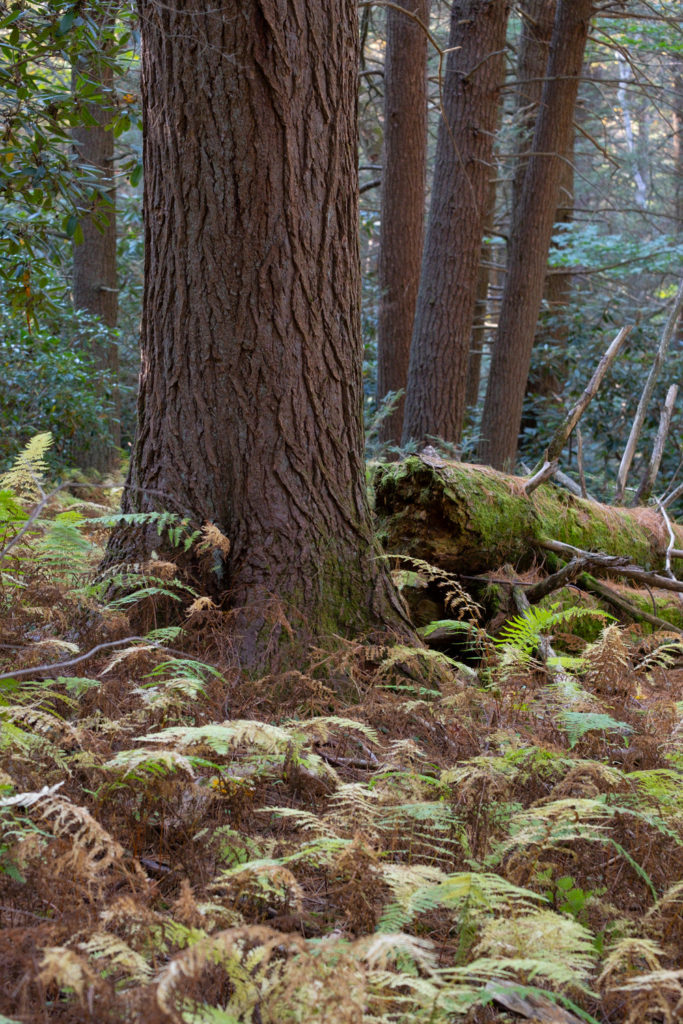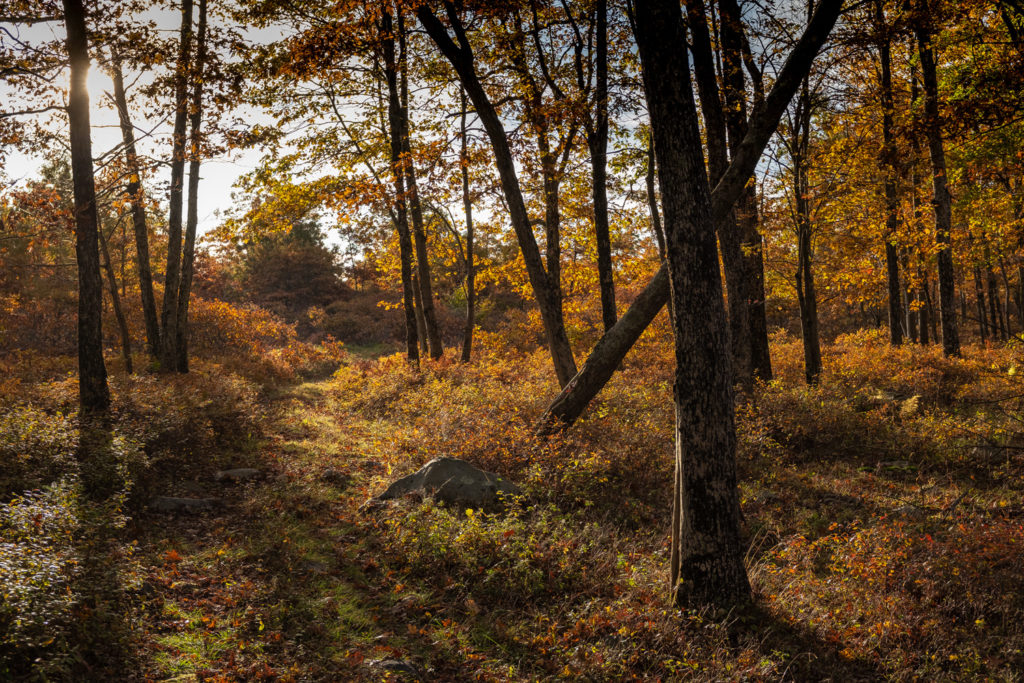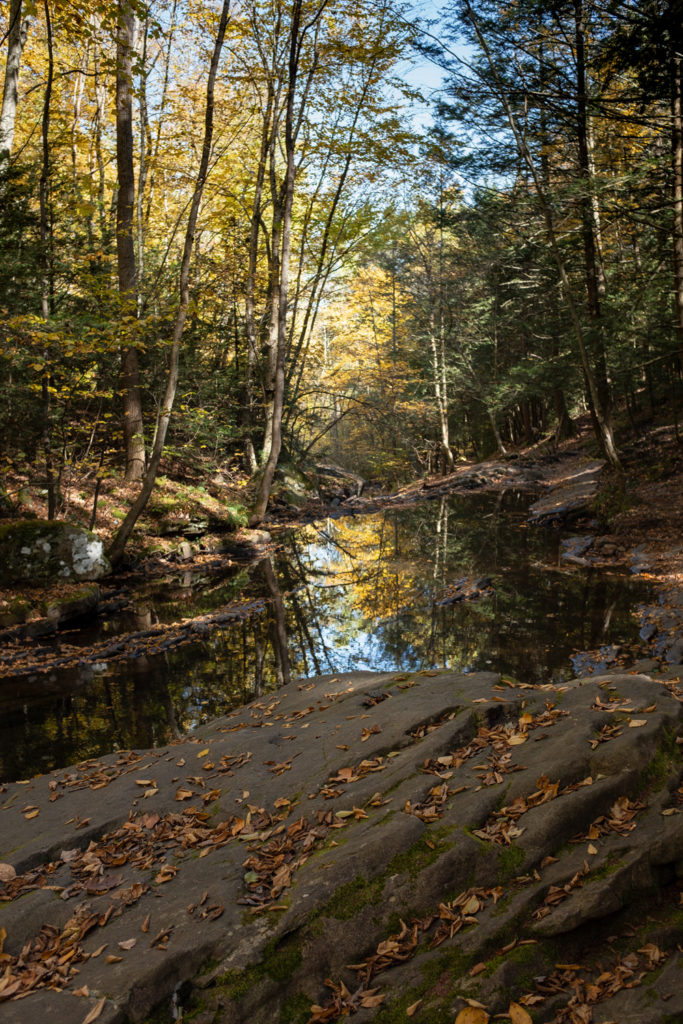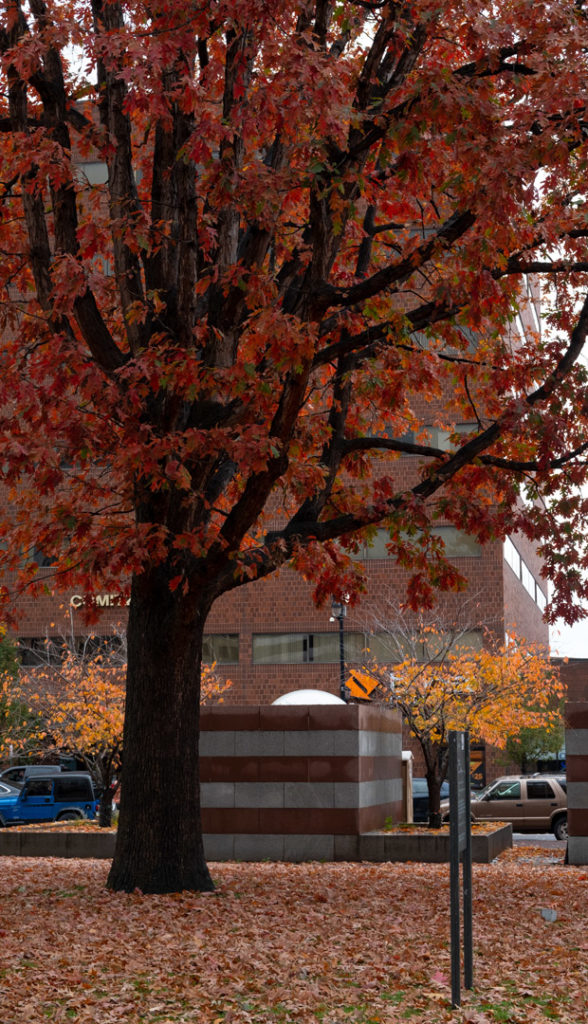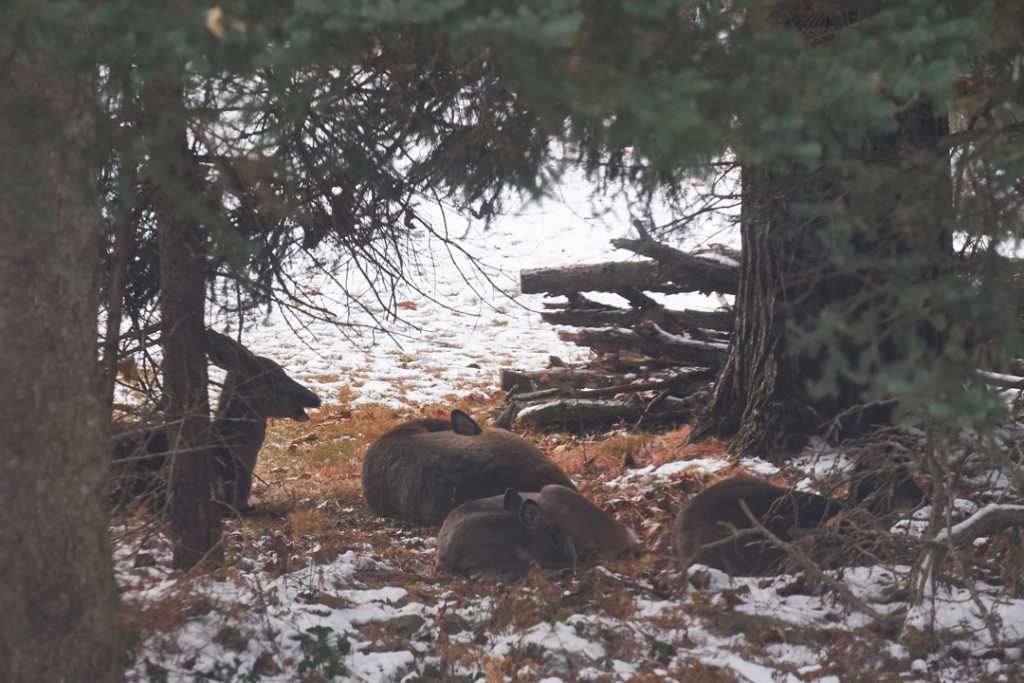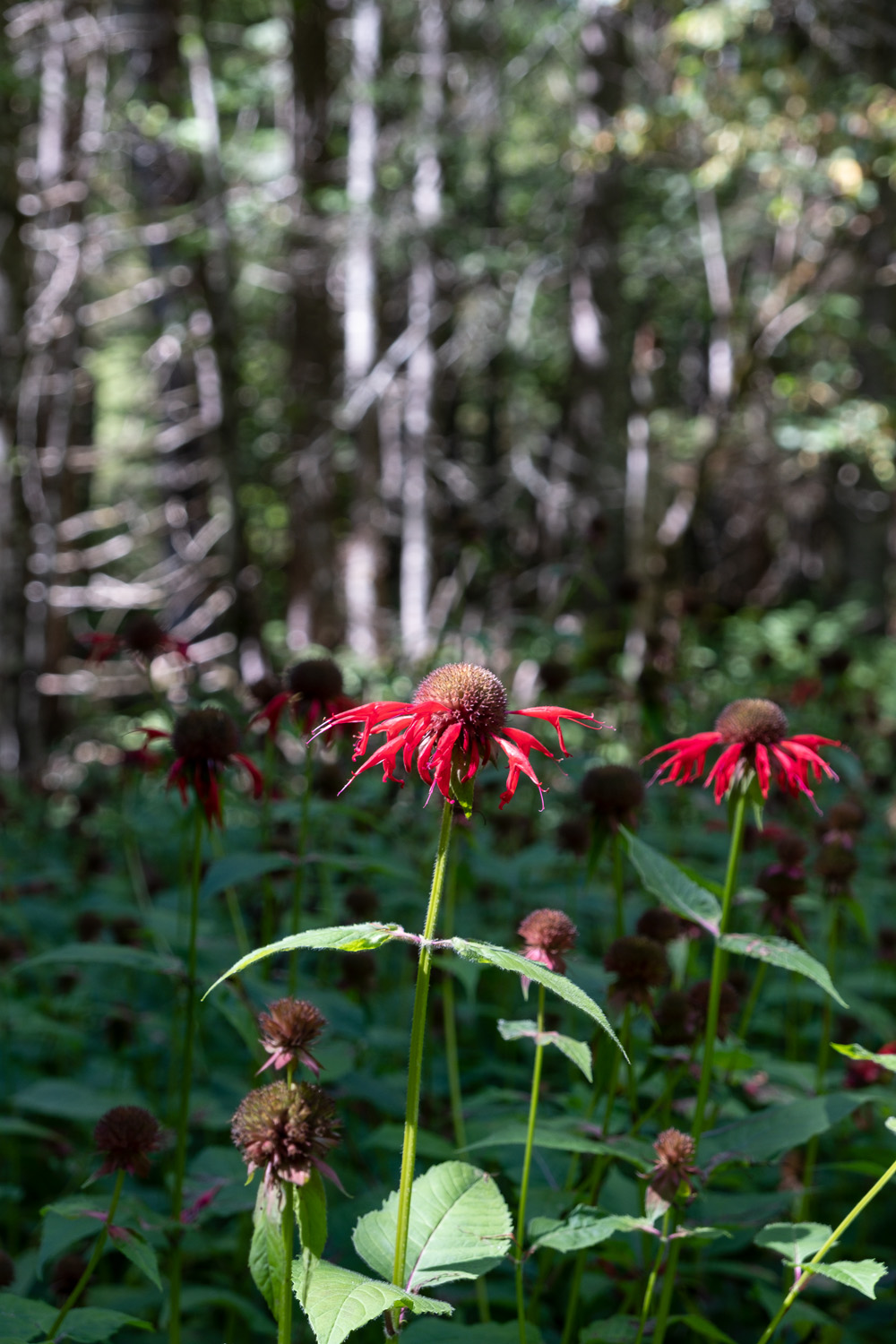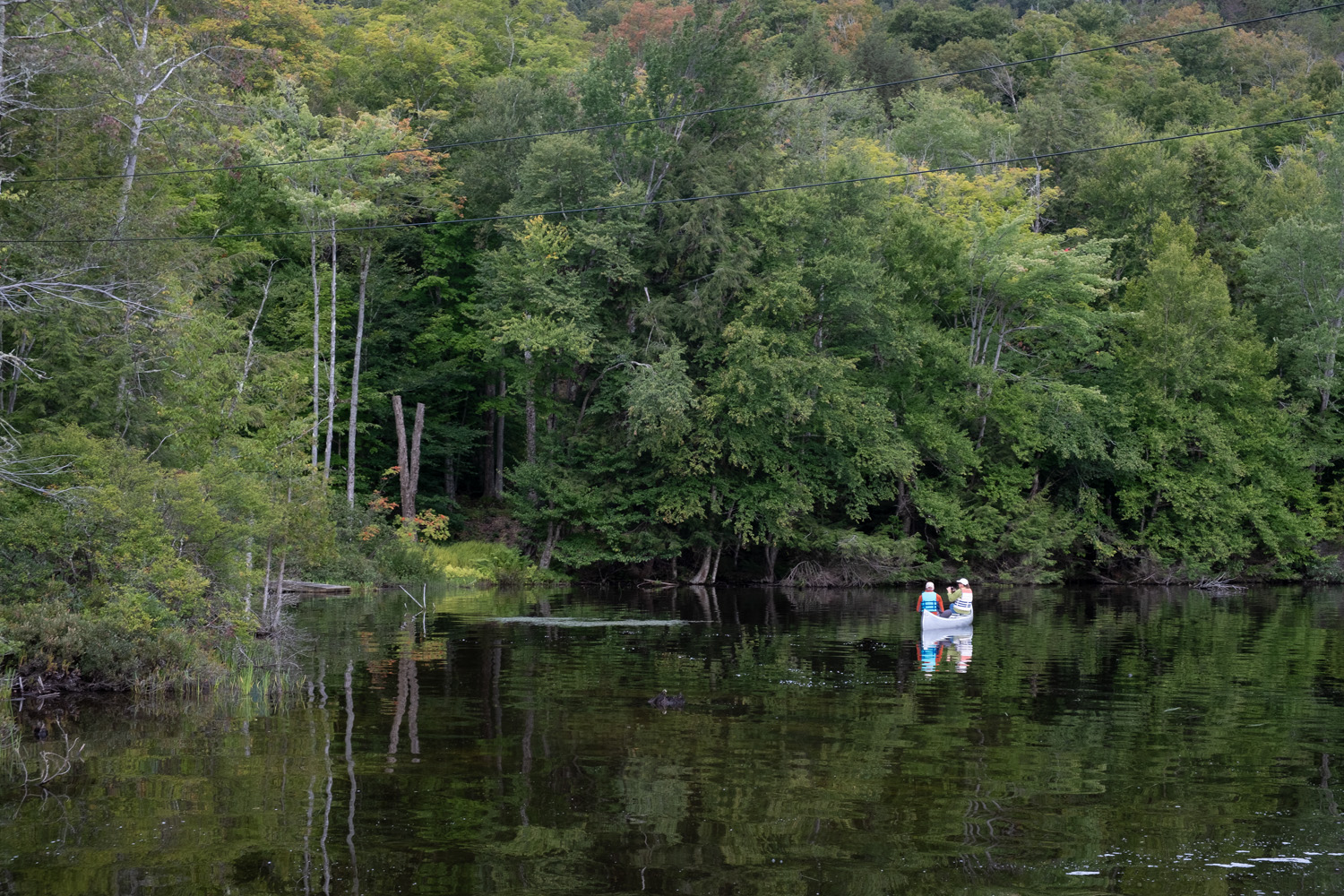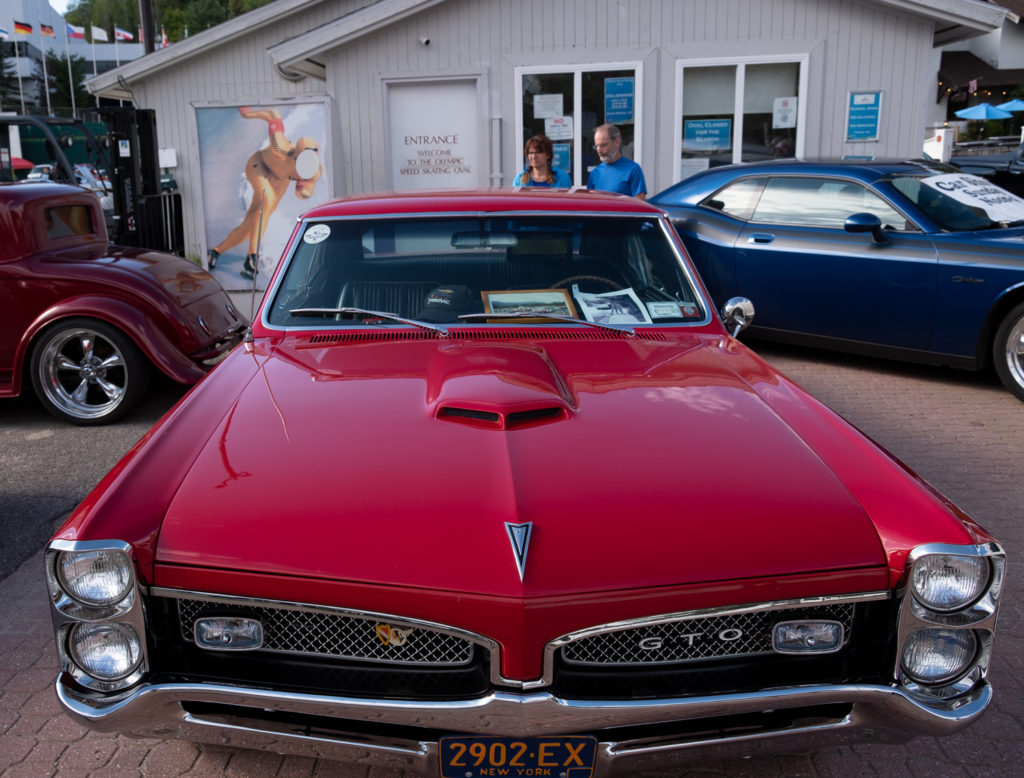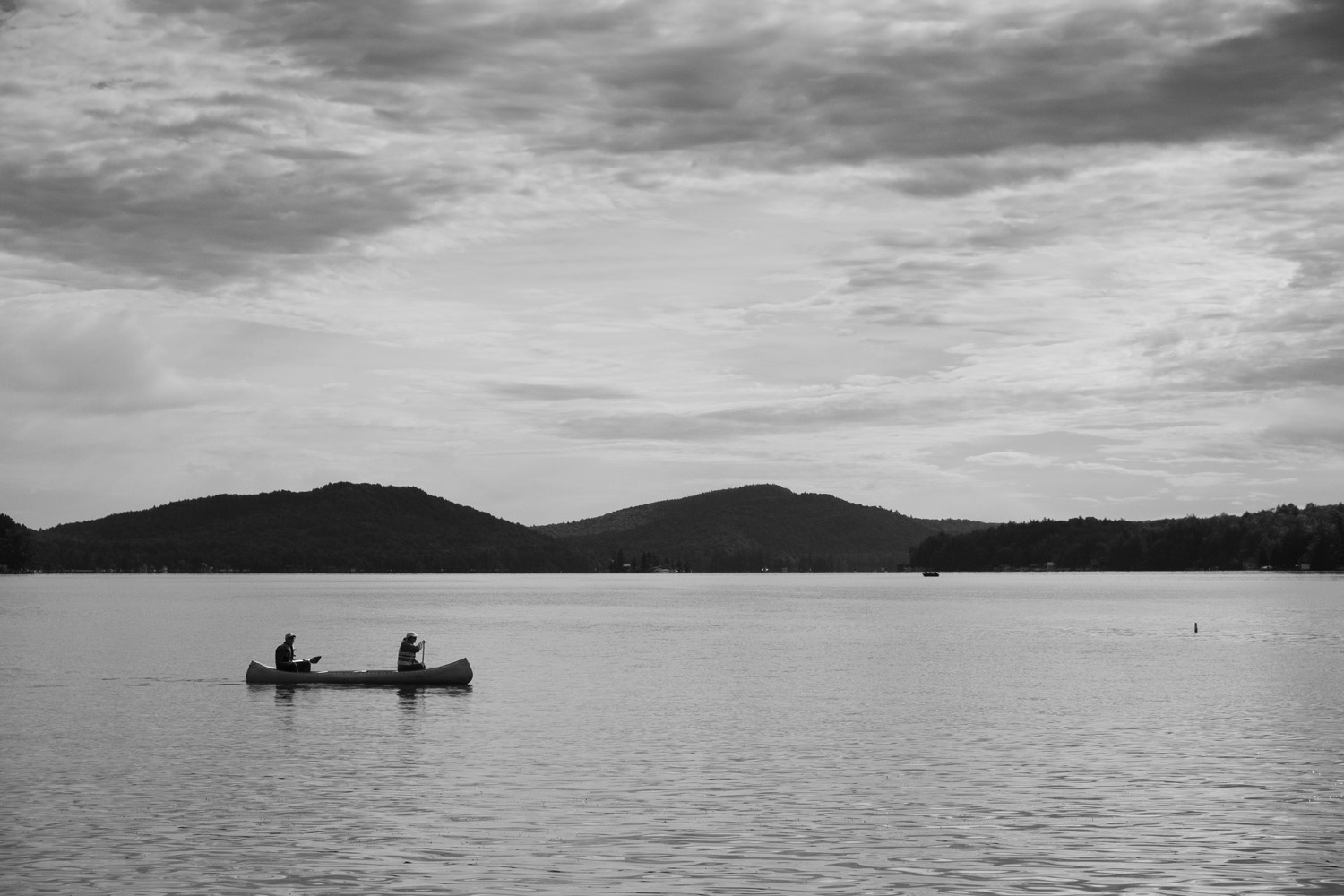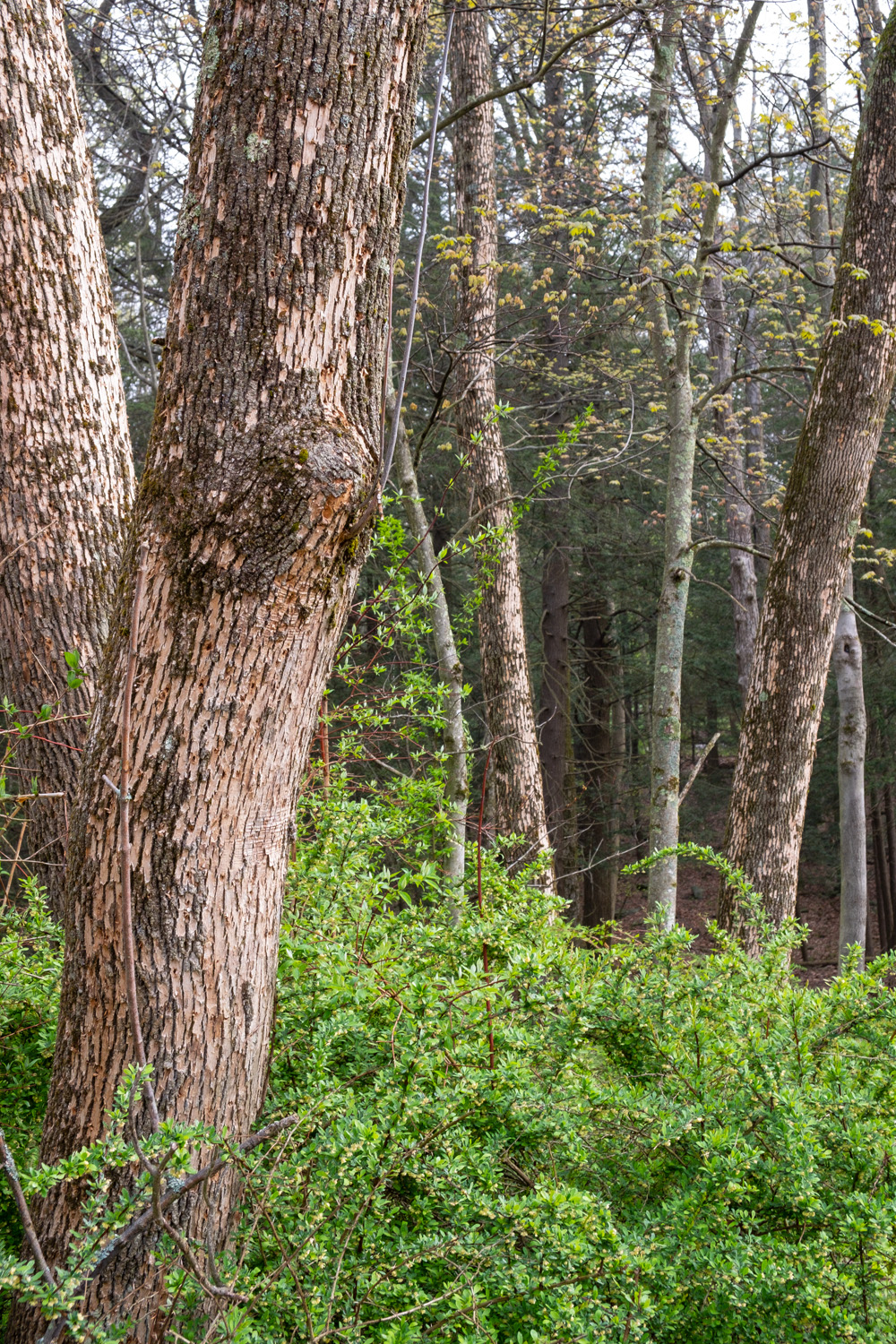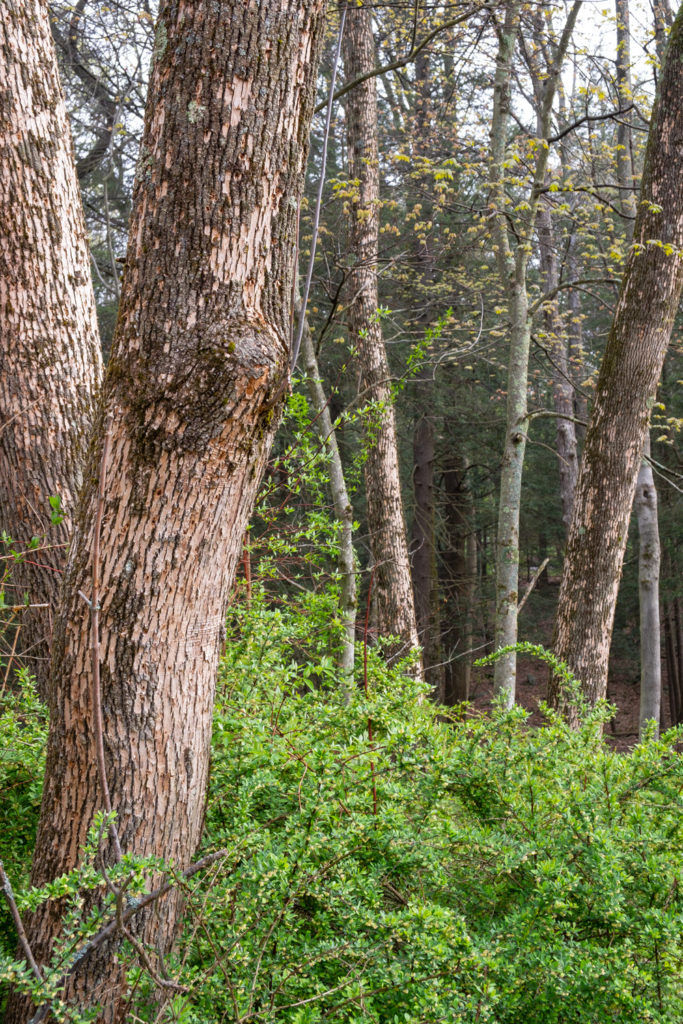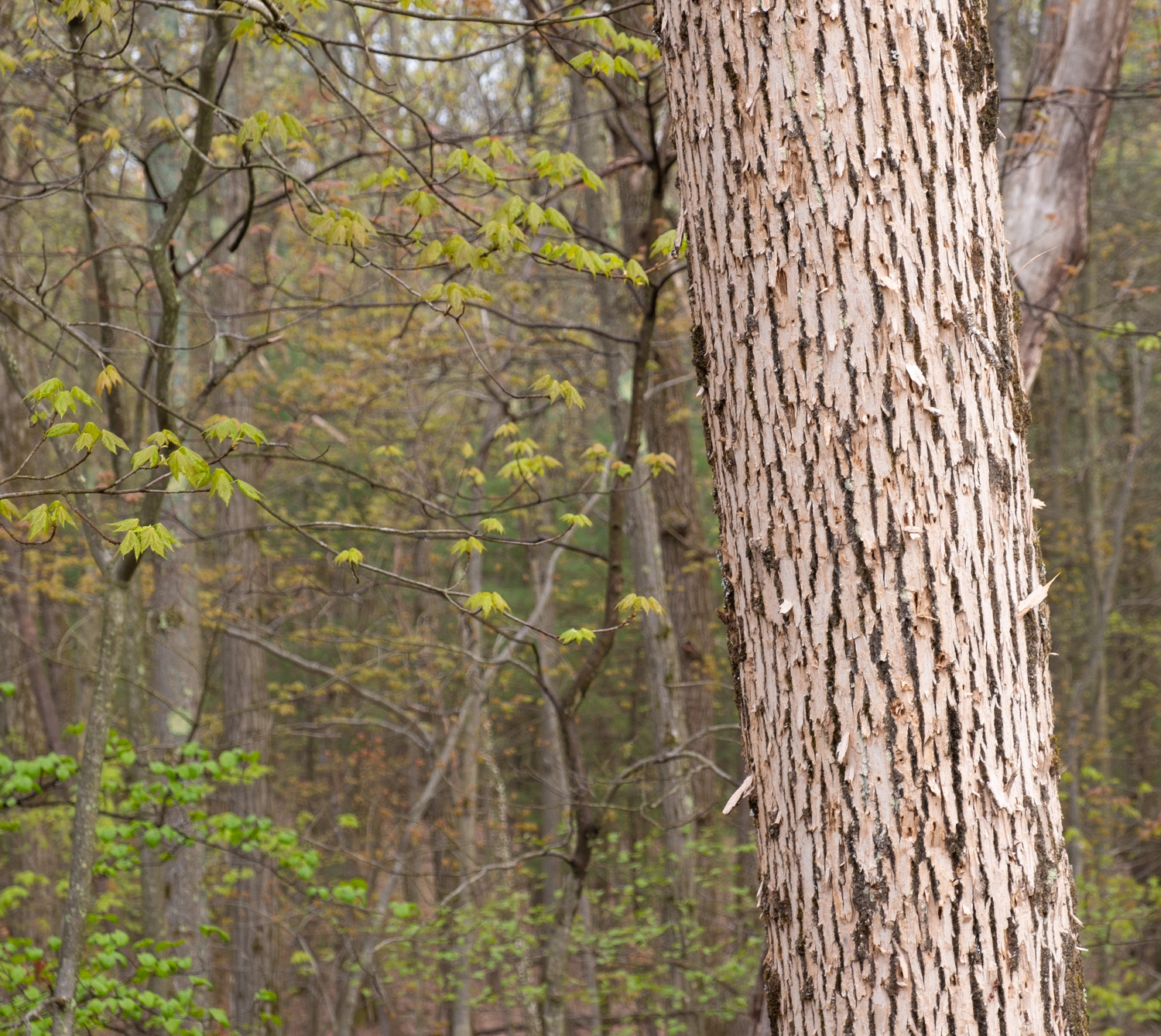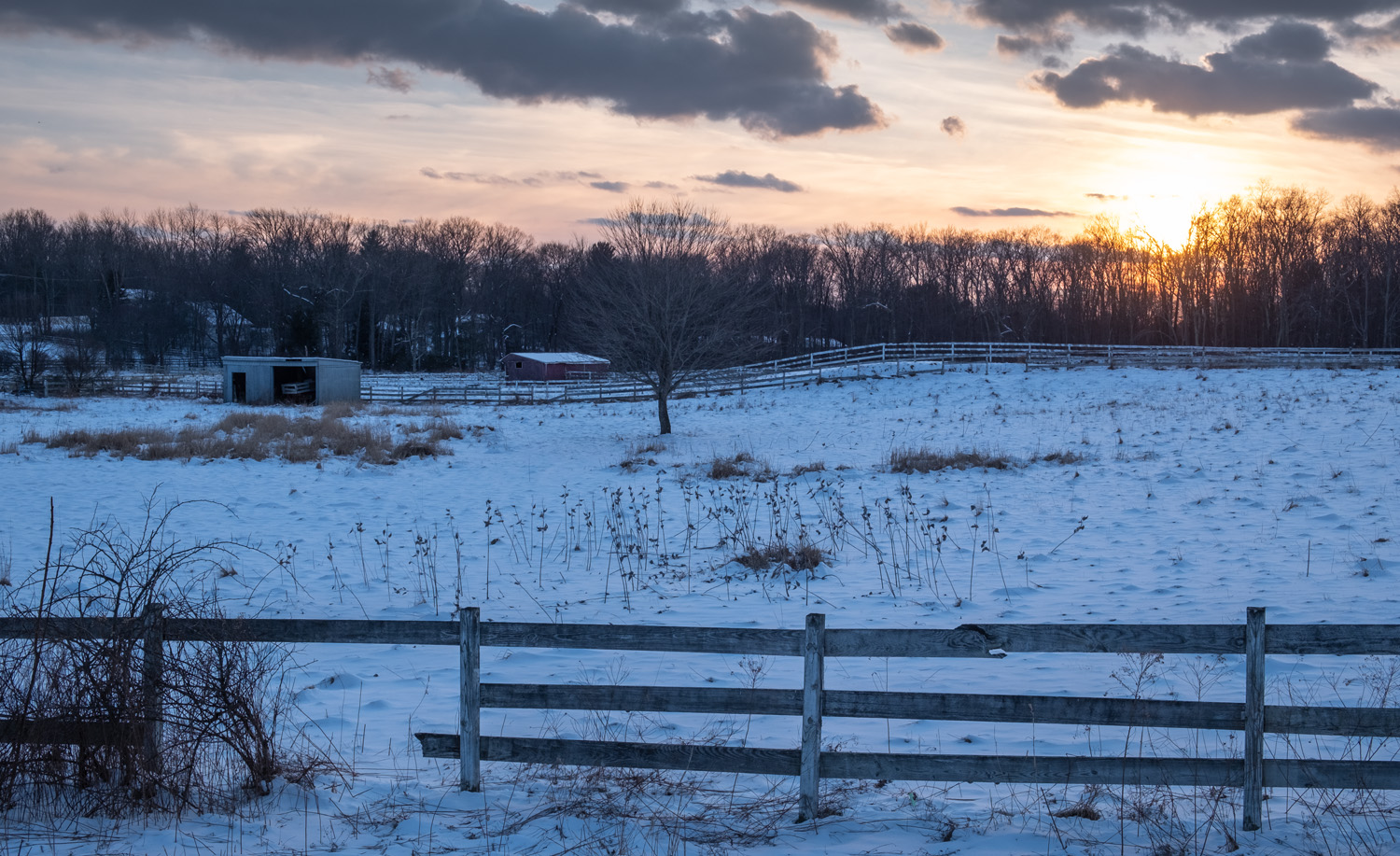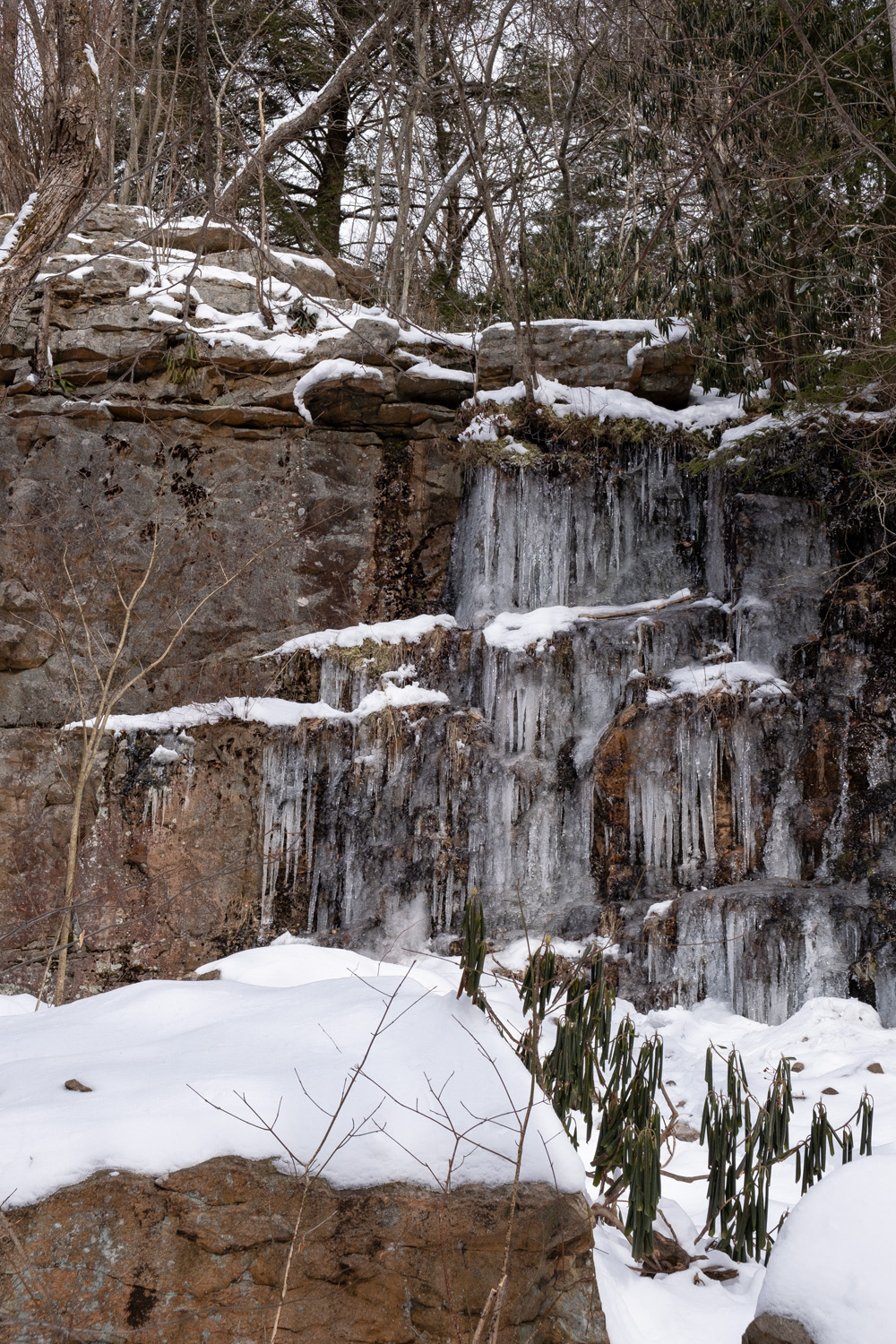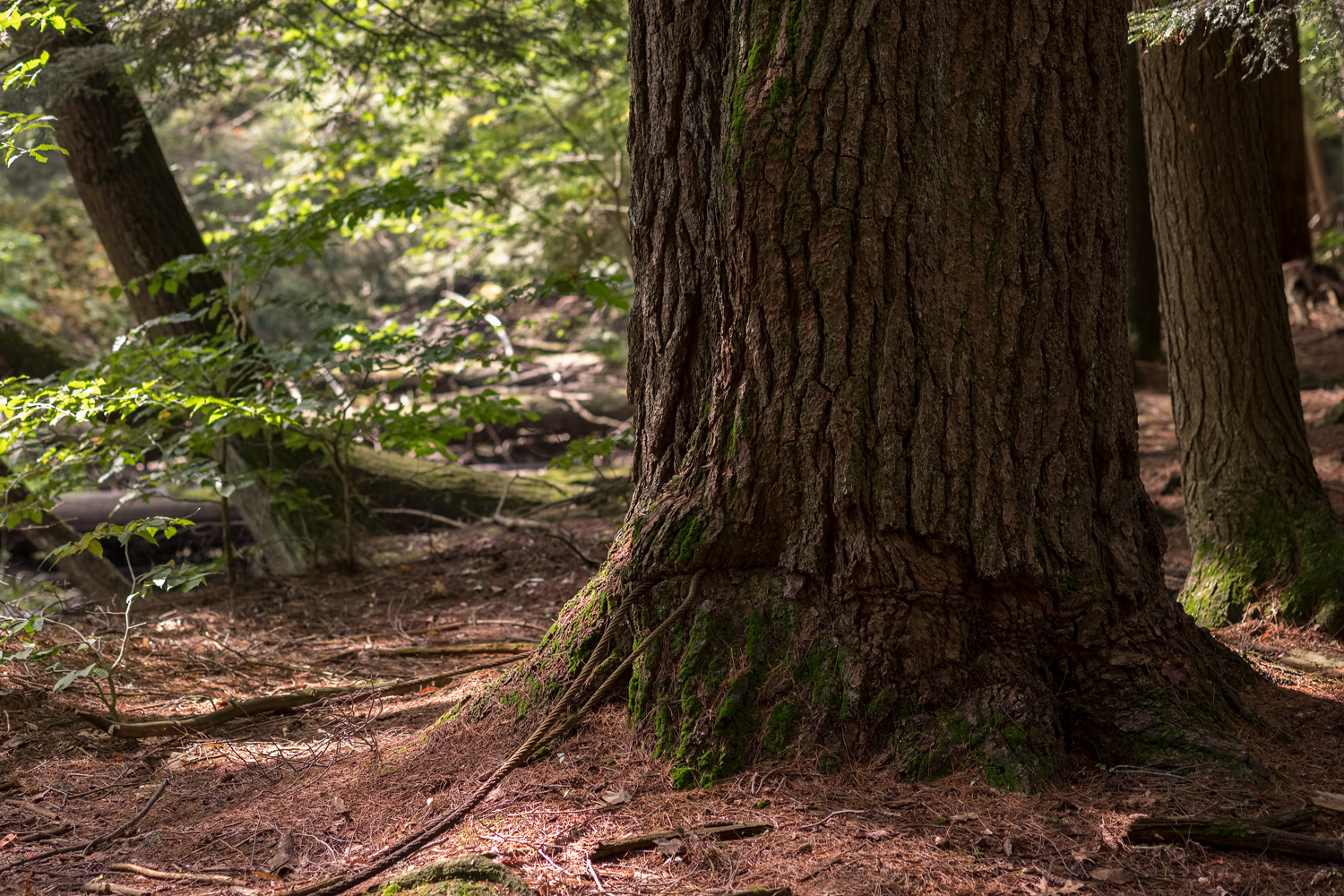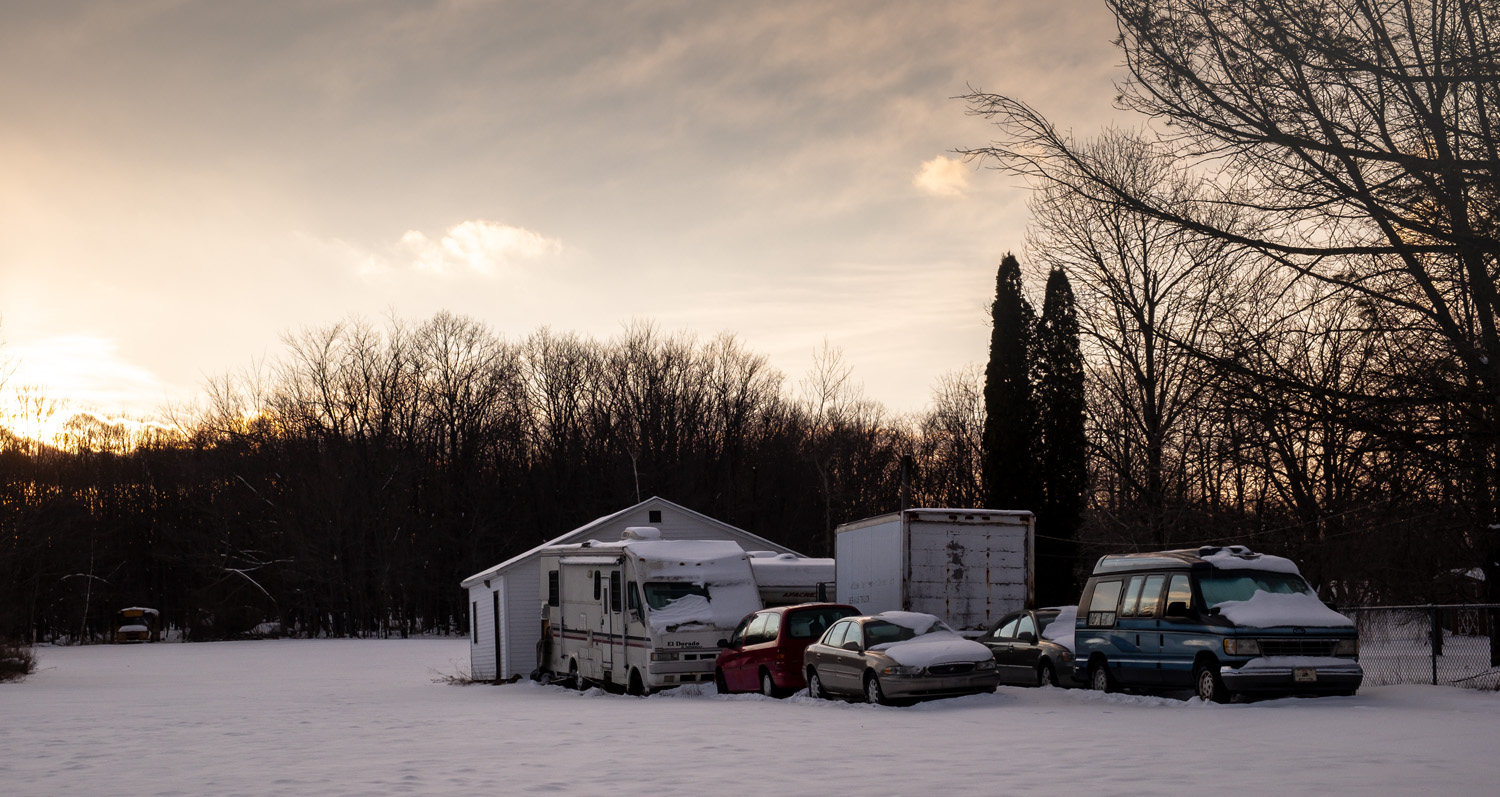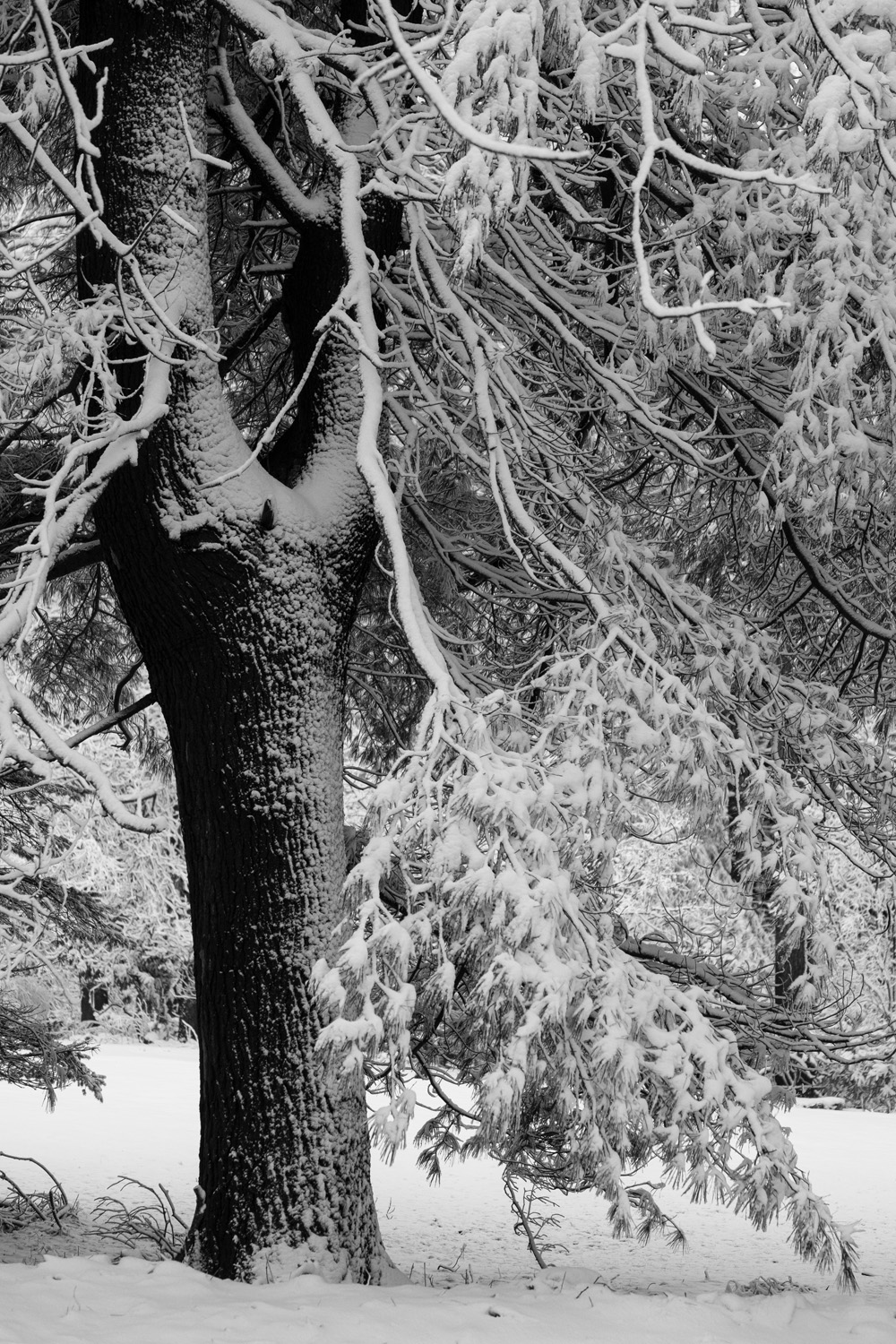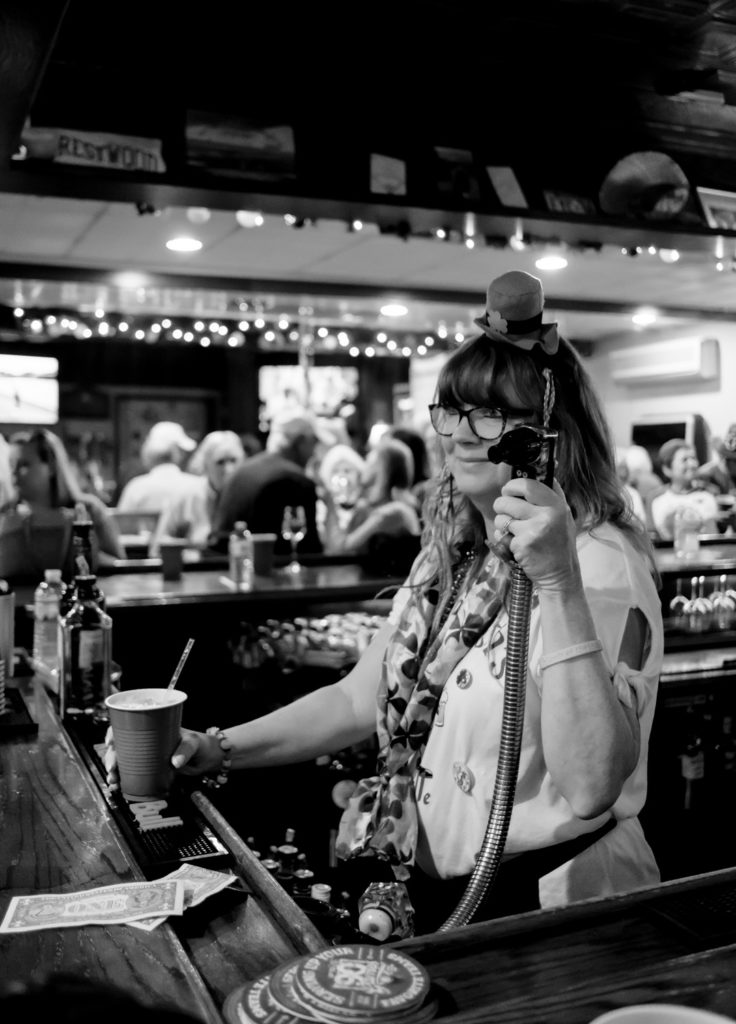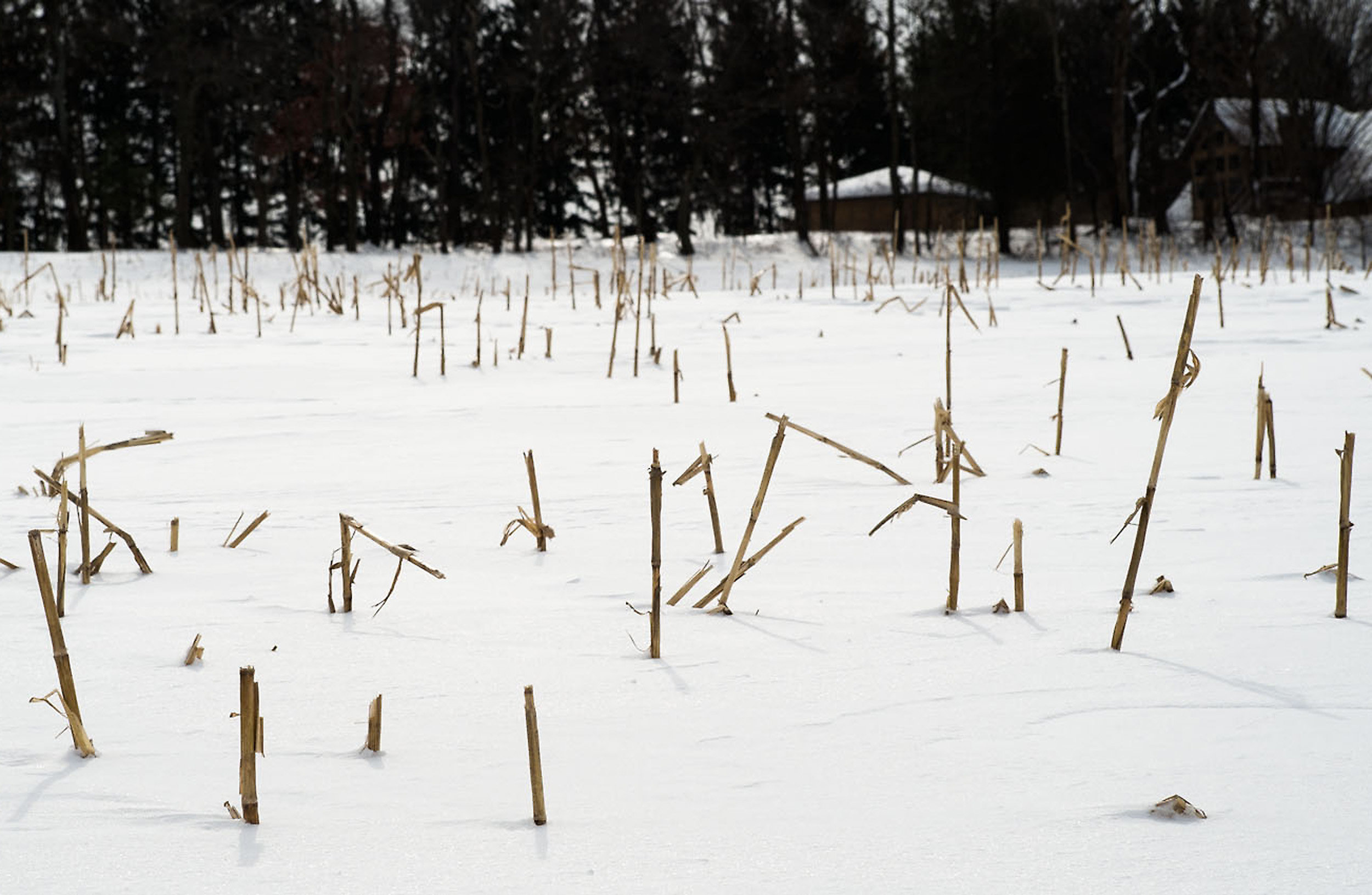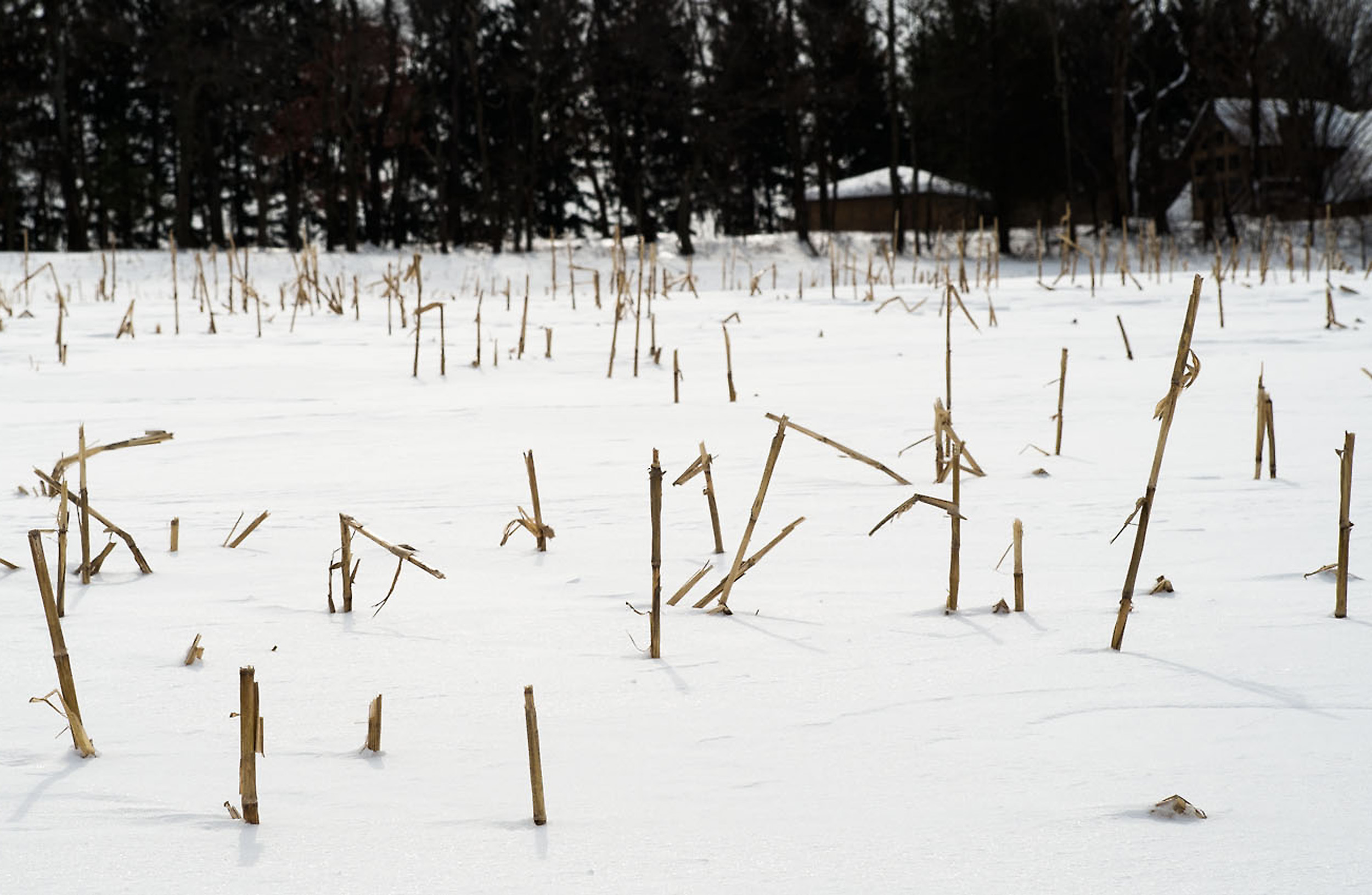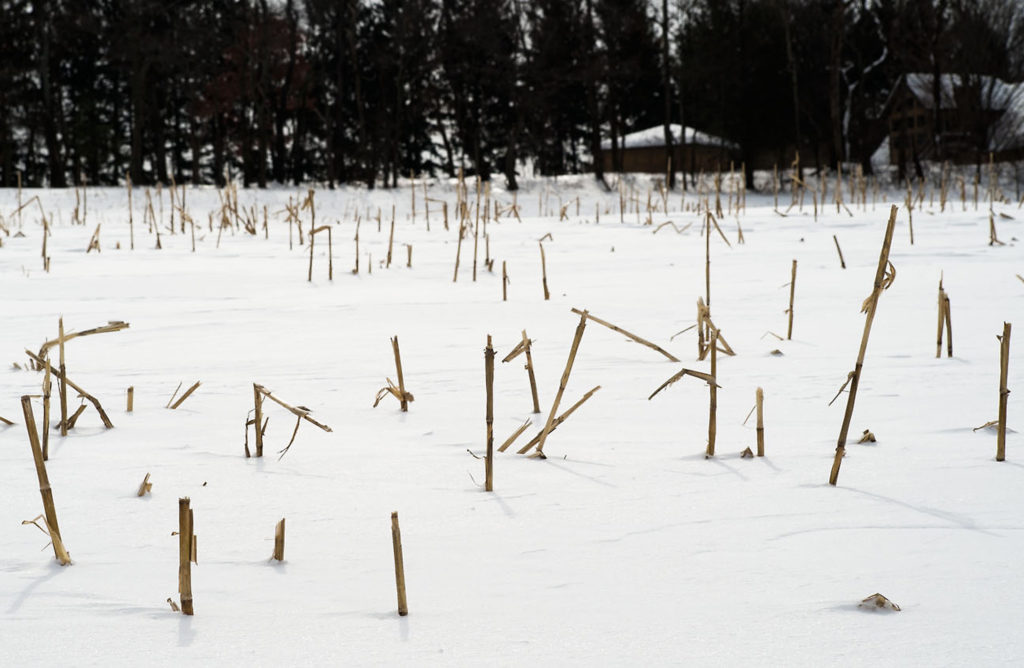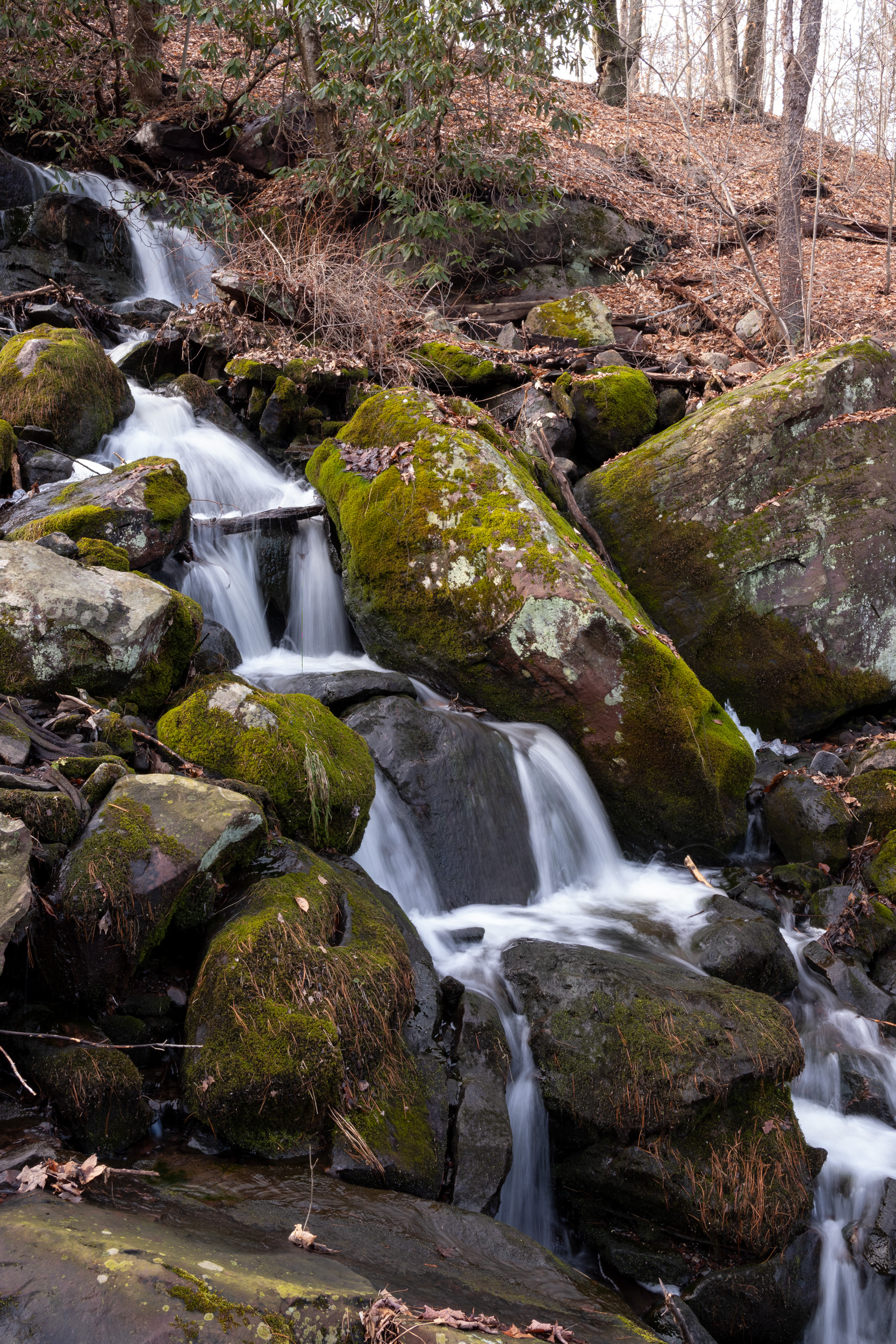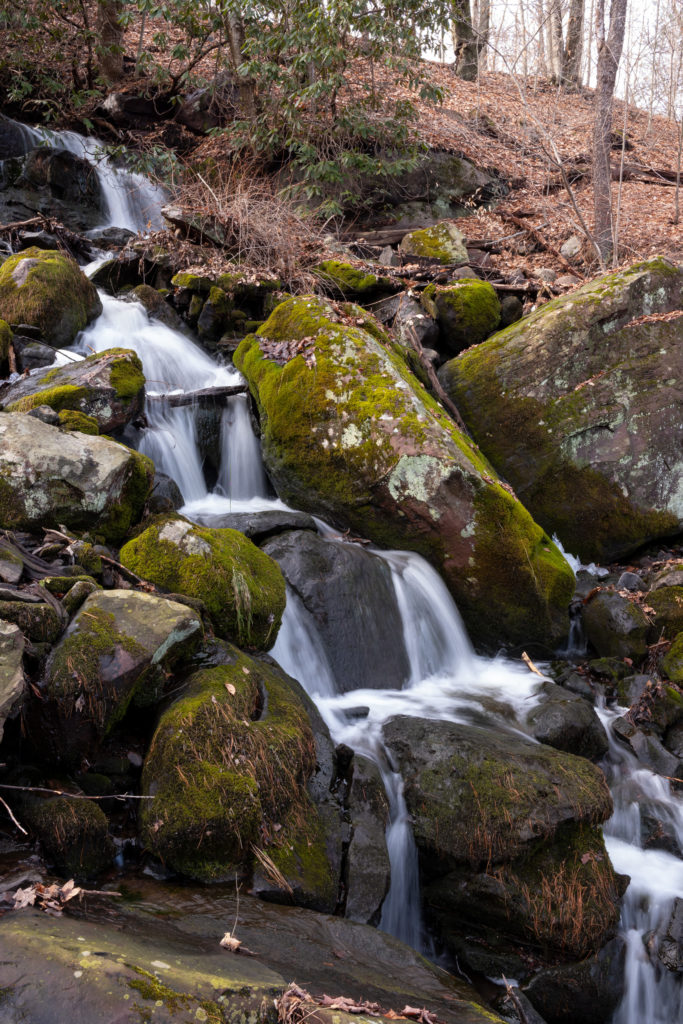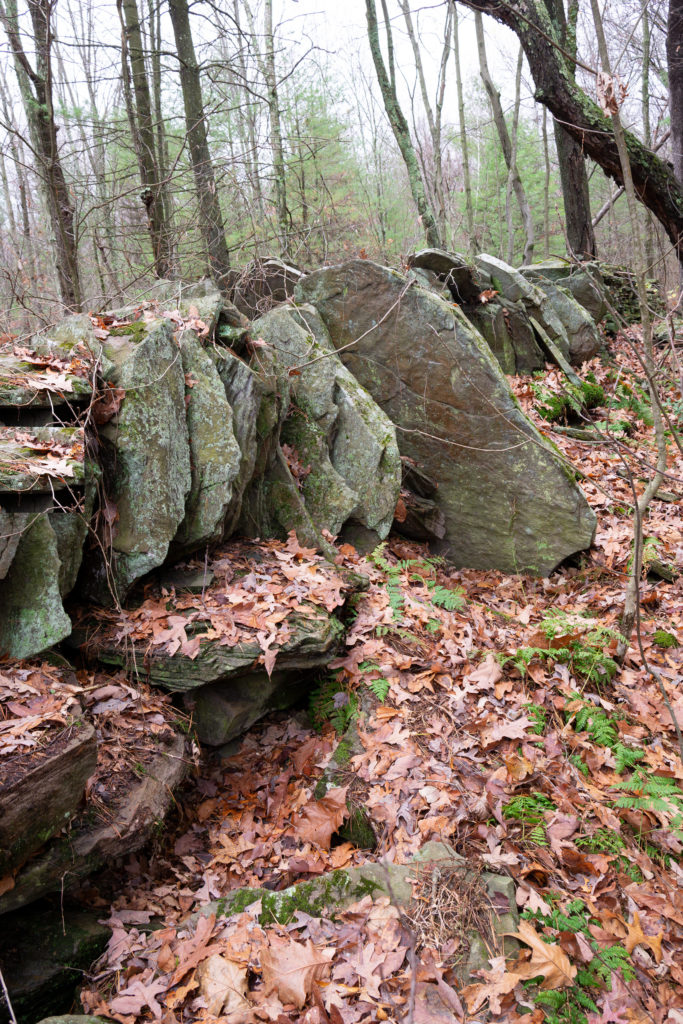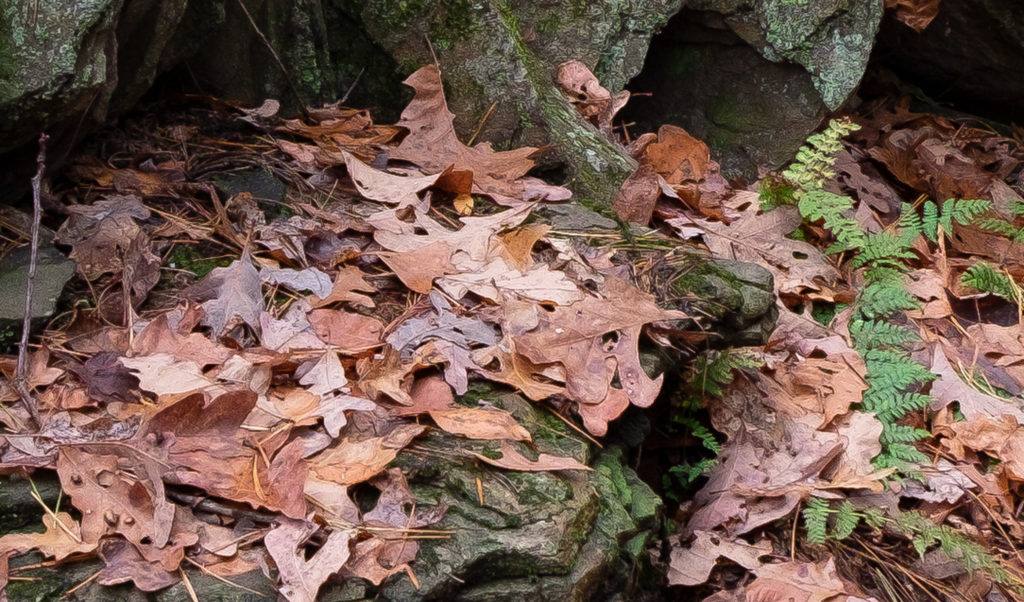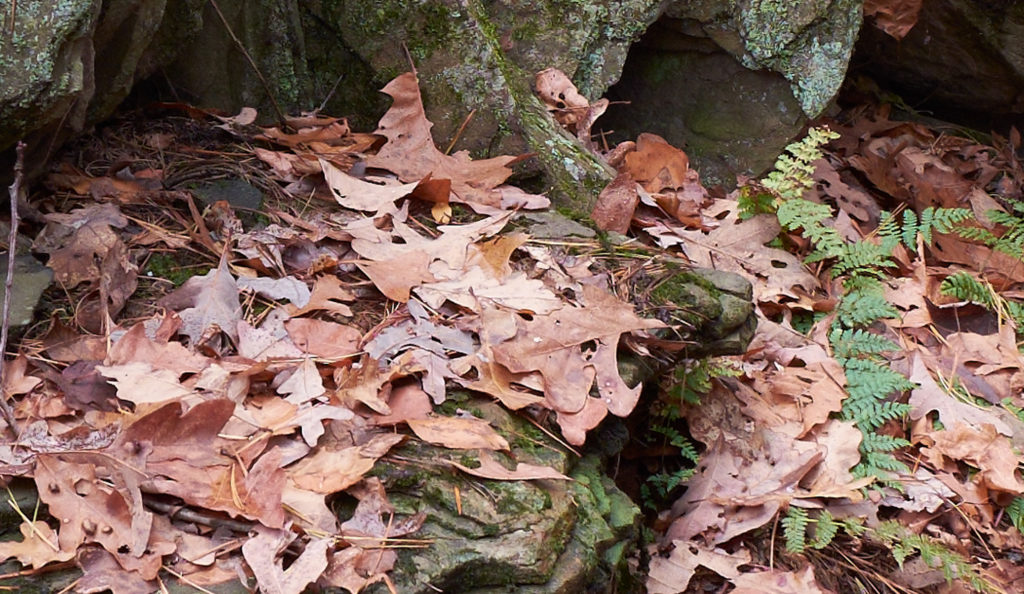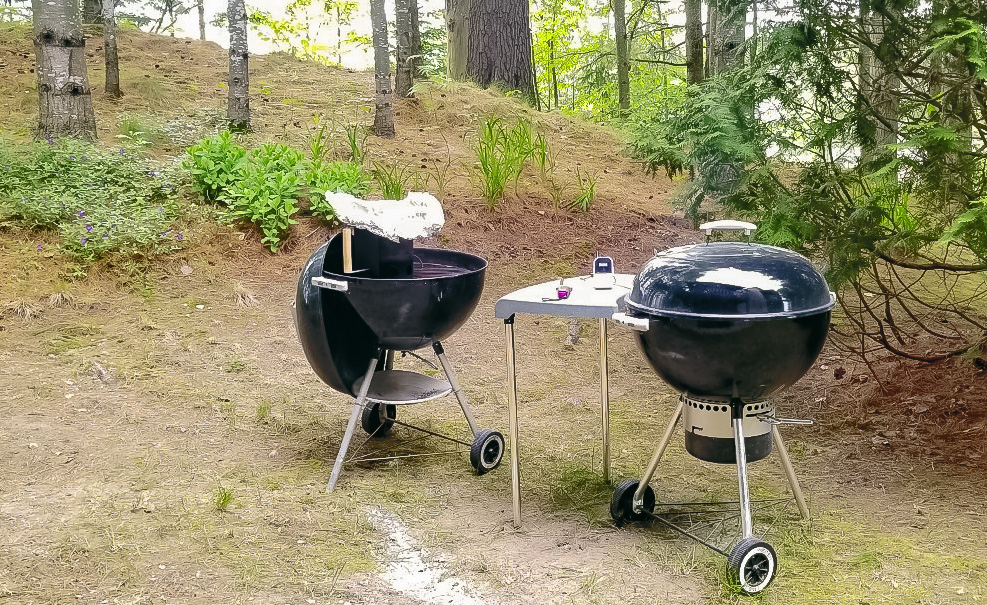
Those of you who follow this site, know that for the most part, Henrysmithscottage.com is an apolitical site devoted largely to photography and camera gear. I do occasionally swerve off track to talk about other topics. During this coronavirus outbreak, it seemed reasonable to put on my “pulmonary/critical care hat” and offer my perspective.
By the way, I really appreciate the very nice comments I’ve been receiving.
My dealings with social media up to this point have been largely benign. I don’t discuss politics for a variety of reasons: number one, I don’t really care to publicize my affiliations, at least on this platform. Number two is the essential truth of these times, which is that no one is persuaded by your political postings. When you put up your snarky commentary on Nancy Pelosi or Donald Trump, all you’re doing is annoying a subset of your “friends”. I typically unfollow people that do this persistently.
Of course, in my case, this means my Facebook feed is now dominated by posts on recipes, camera gear, barbecue grills, garden tractors, and people’s pictures and the like. You can’t believe how many people like to post pictures of their new Weber kettles.
Recently I came to realize, that this platform that feeds me all manner of banal content is in no way benign. I personally experienced the manipulation of Facebook algorithms.
Two days ago I risked breaking my apolitical profile by posting a documentary I encountered on YouTube. This was a very intriguing presentation that argued rather persuasively that COVID 19 originated not in a Wuhan “wet market”, but in the Wuhan Institute of Virology, a high-level lab located coincidentally less than a kilometer from the market. It was well done, using actual emails from those in the lab, scientific articles that had been published by their scientists in the lab in well-known peer-reviewed journals. There were multiple interviews of virologists, and China policy experts.
Later in the documentary, it opened up the question of Chinese government involvement. To me, it stopped short of any radical conclusions. I drew from the documentary that most likely the virus very possibly engineered in the lab more as a vanity project than anything else, and was accidentally released. Other than offering some additional embarrassment to China, again there seems to be no political issue.
I posted this with a disclaimer admitting that it was from a conservative source (the Epoch Times) but as the article did not appear to be discussing a political topic I thought it would be interesting.
When I hit the post button, a little window popped up. Apparently my content was rated as “False” by Facebook. And guess what, it wouldn’t post.
The reason: the Facebook fact-checkers have apparently decided that the virus originated in the wet market. So despite the fact that this video makes it a compelling argument, backed up by documents, for origination in the lab, it’s a “no go”. Sorry… Facebook’s already decided the issue for us. How considerate.
So who would be harmed by circulating this article? Well, again I don’t think this is a political topic. The only entity that would appear affected by this would be the Chinese communist government. Why would Facebook run cover for them?
So let’s talk about the accuracy of these “fact-checkers”. Several days ago I posted a video of a physician from the midwest discussing how different states score coronavirus deaths and how it can be misleading. Again I viewed it as apolitical. As I said at the time, being familiar with death certificates, a lot of what was said rang true. Again the fact-checkers at Facebook rated this as “mostly false” and let it post with a disclaimer.
Lo and behold, several days later, Pennsylvania is forced to remove 200 deaths from the coronavirus column, largely because of the exact things discussed by the physician in the video.
So I think beyond charcoal grills and garden tractors, Facebook is manipulating us. I would argue that this platform is best used for “happy talk”. Post birthdays, your pets, your children’s or grandchildren’s pictures. Have a ball. But don’t trust this platform for anything more important because it does not appear to allow a true exchange of ideas.
So-called “fact checkers” do not have a monopoly on the truth.
Now let’s see what happens with this post.

